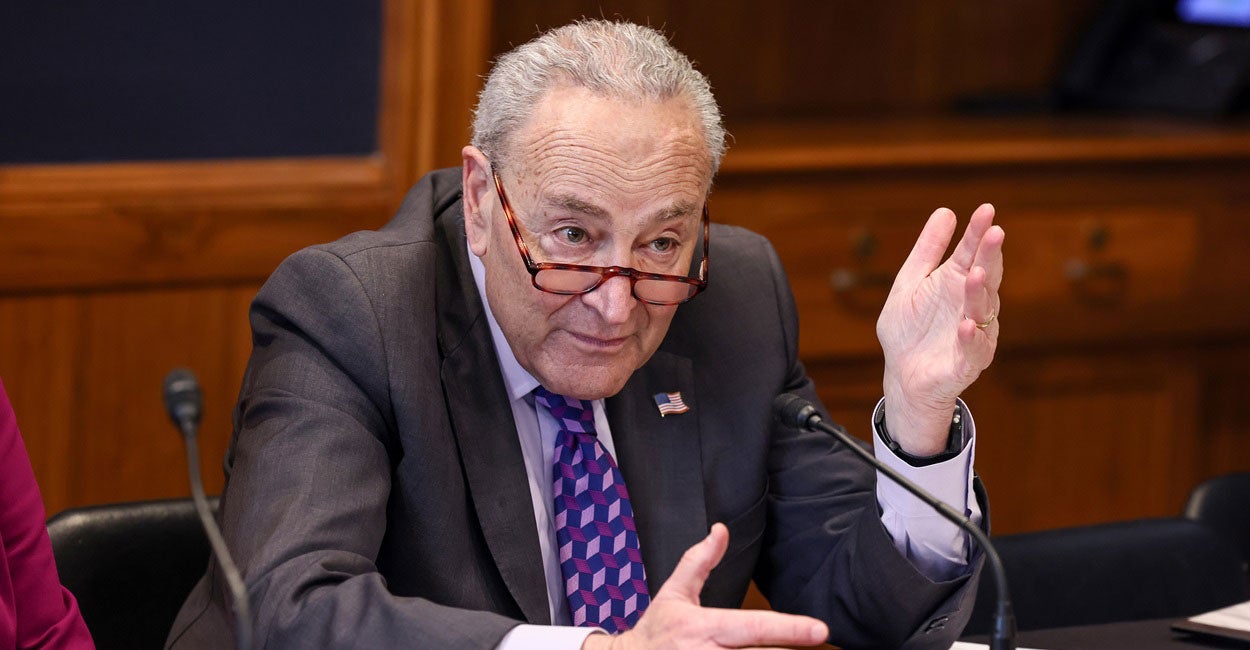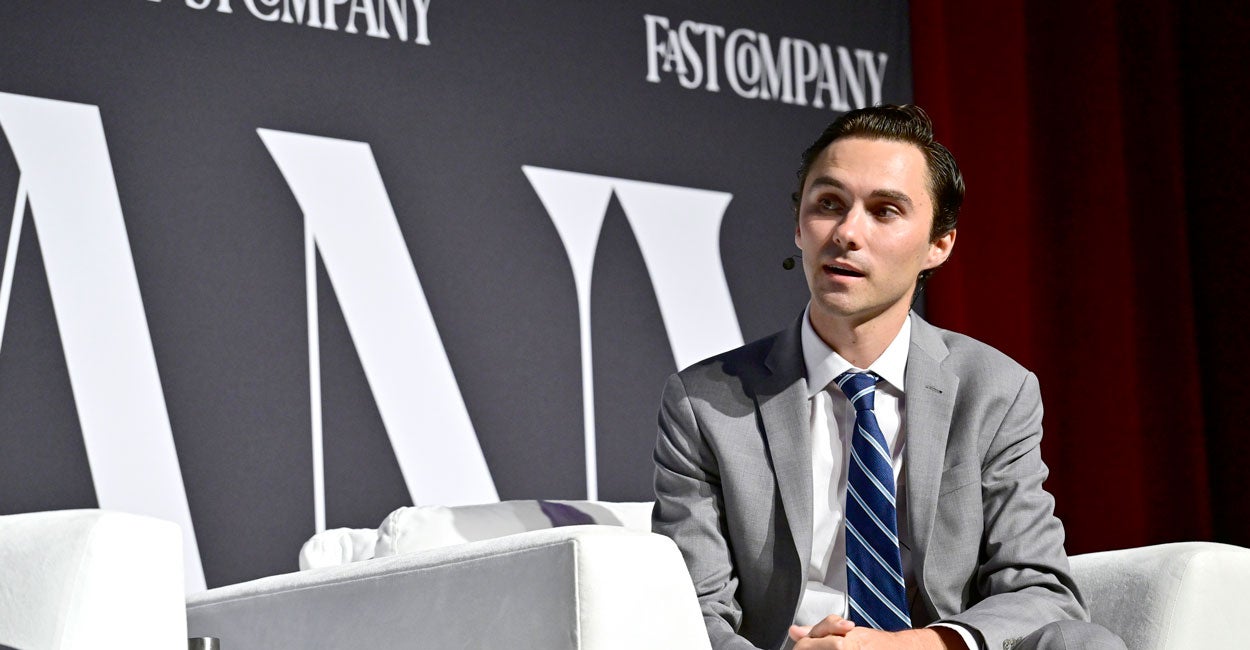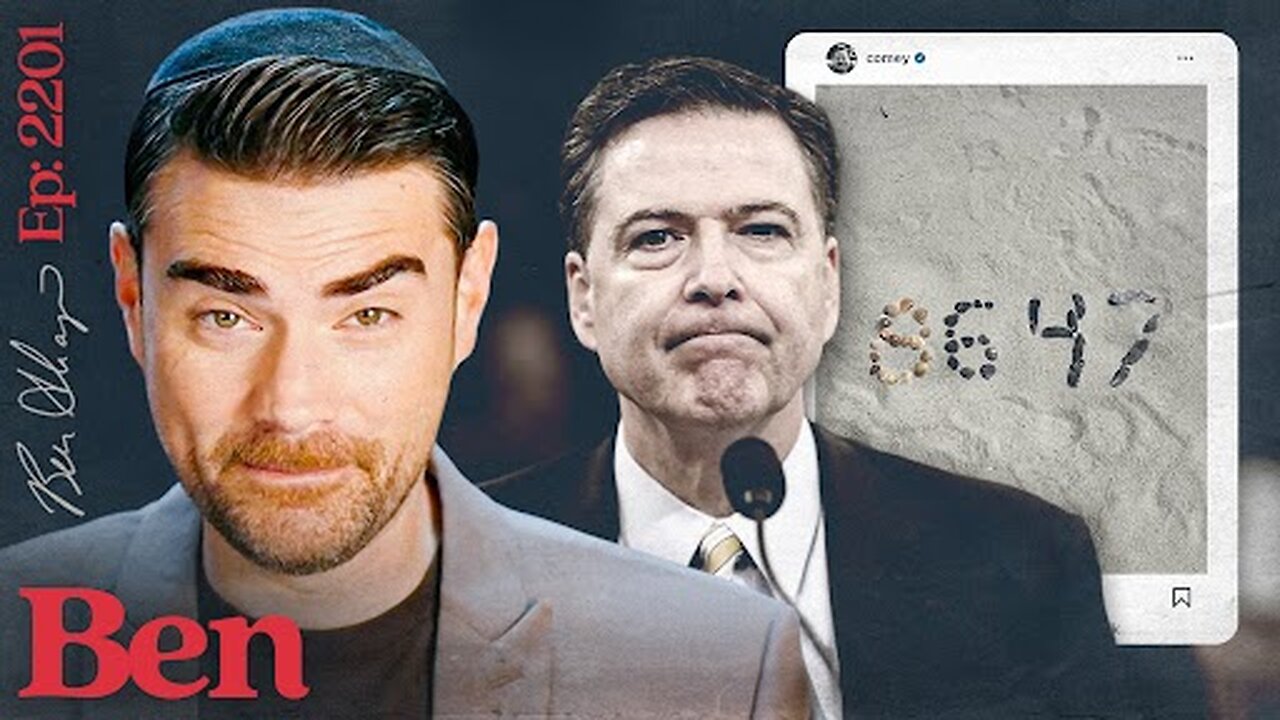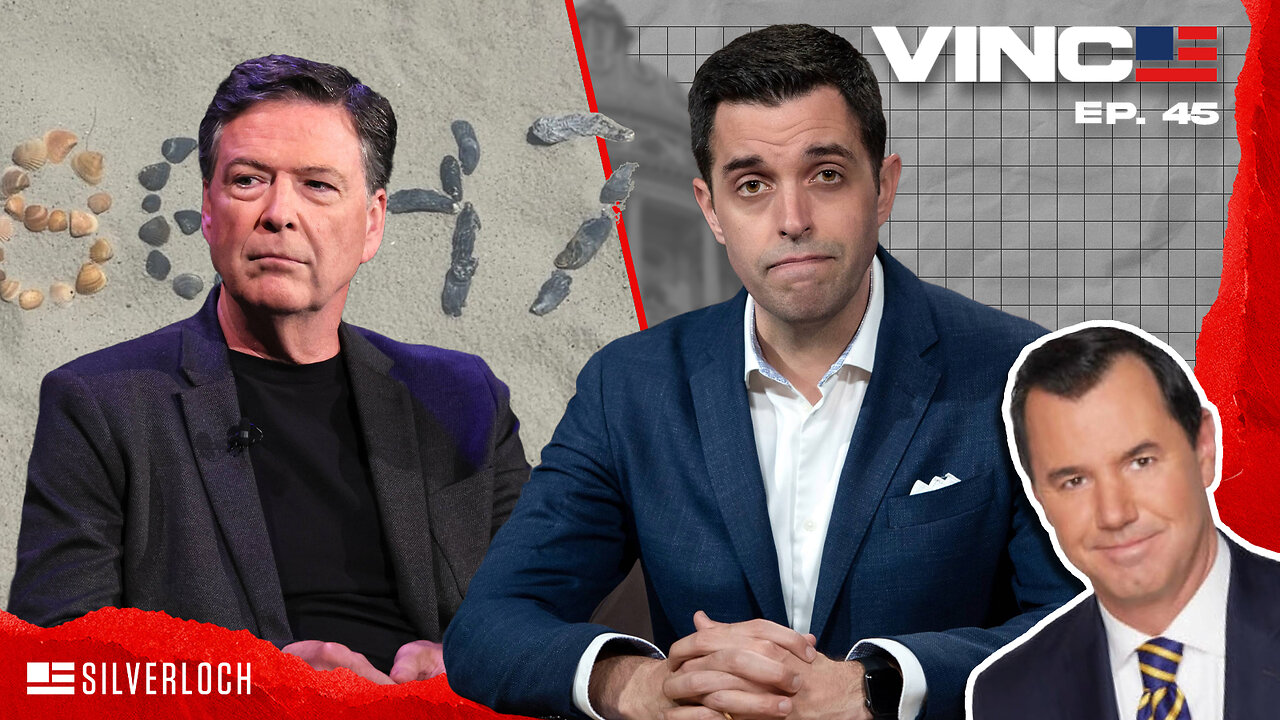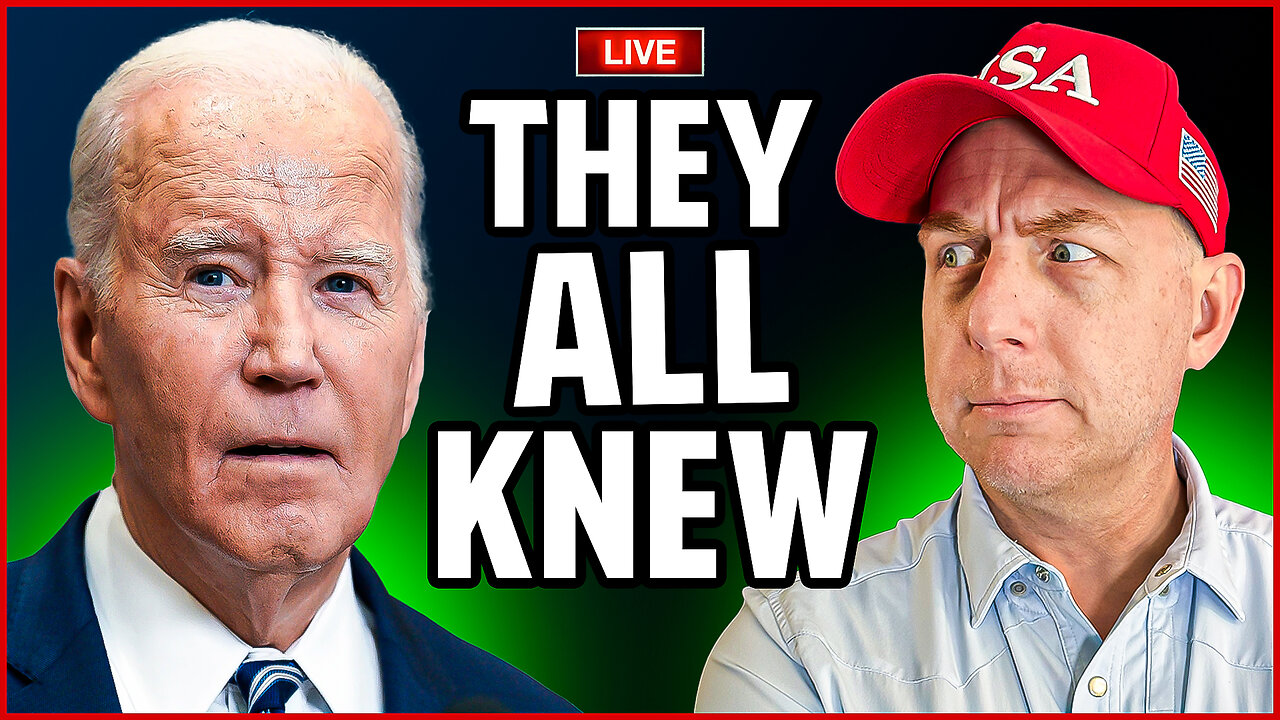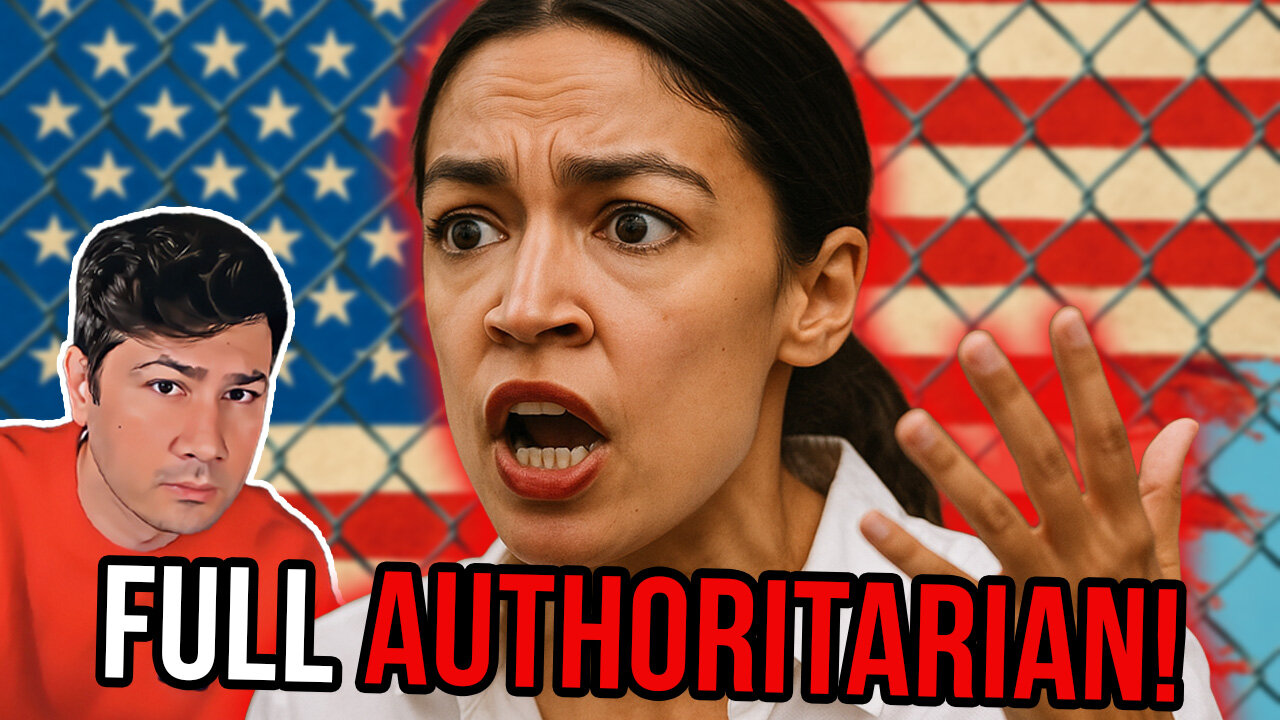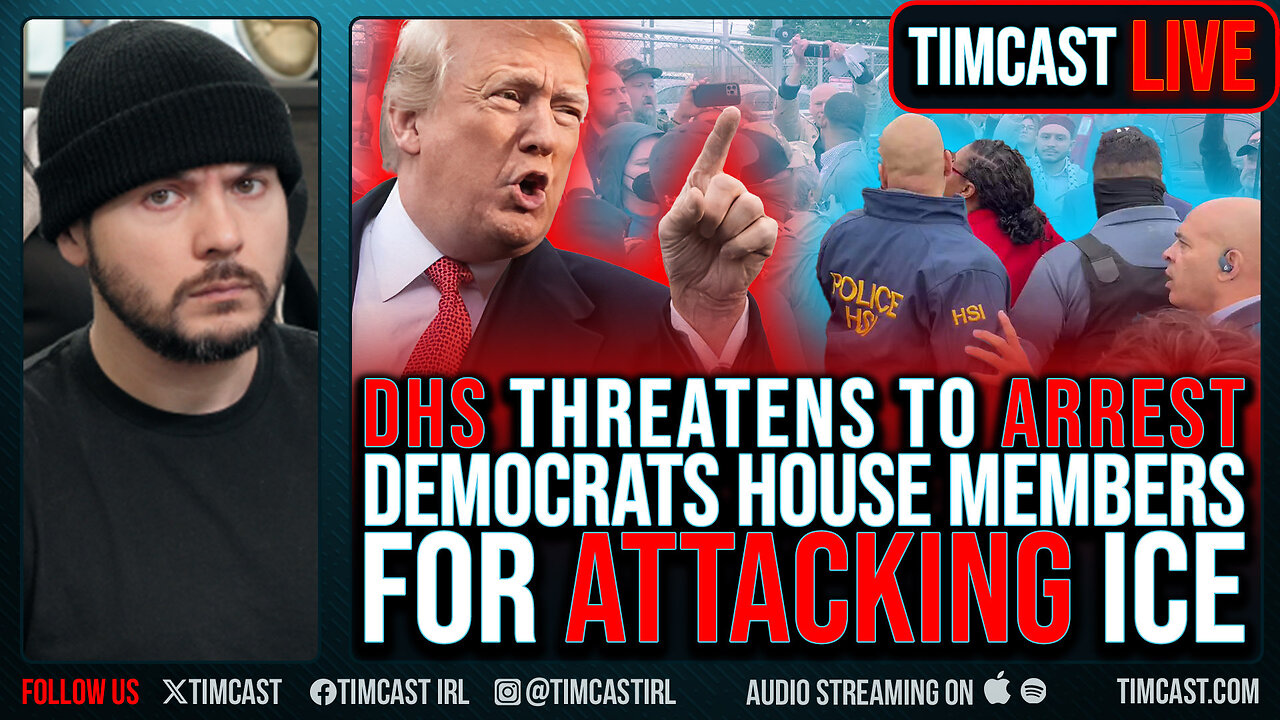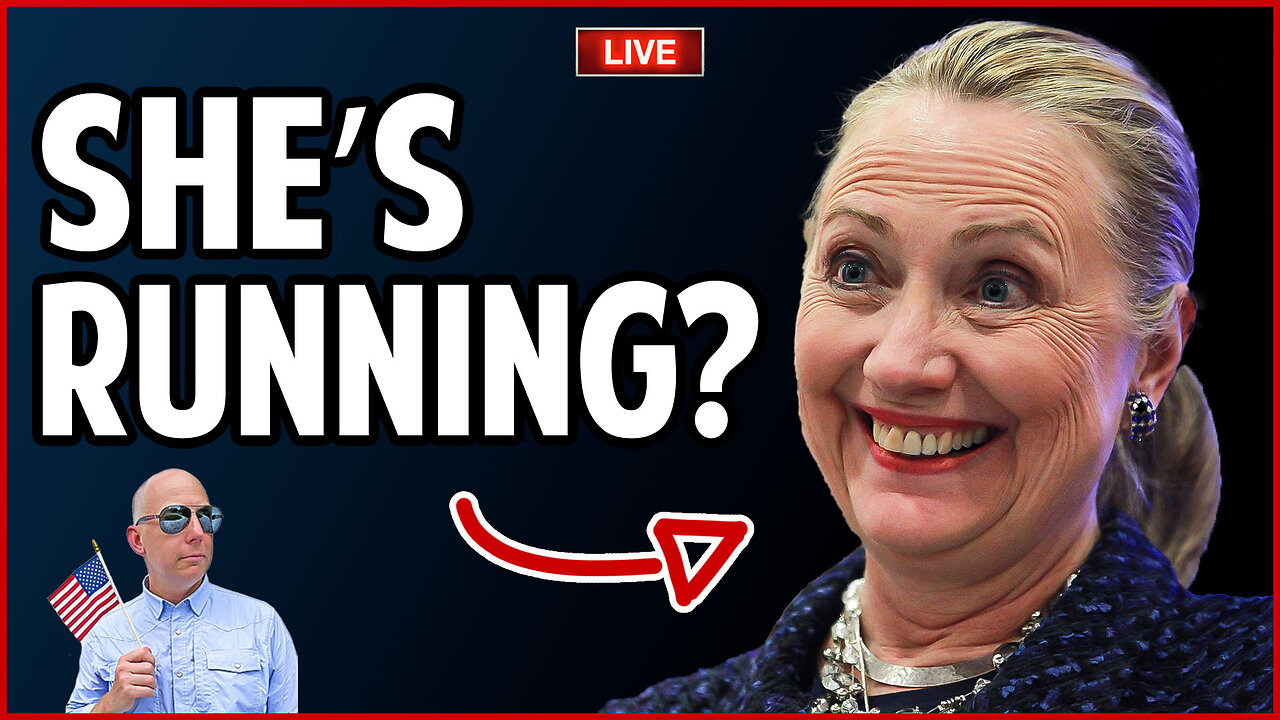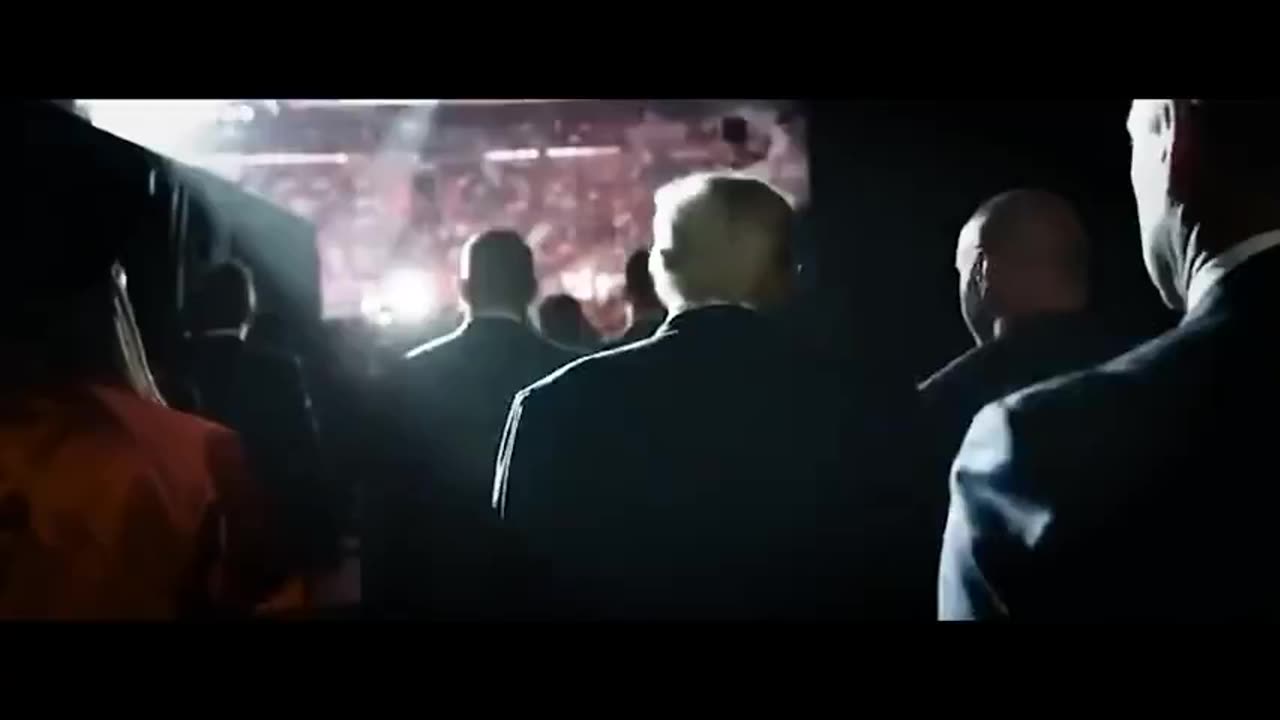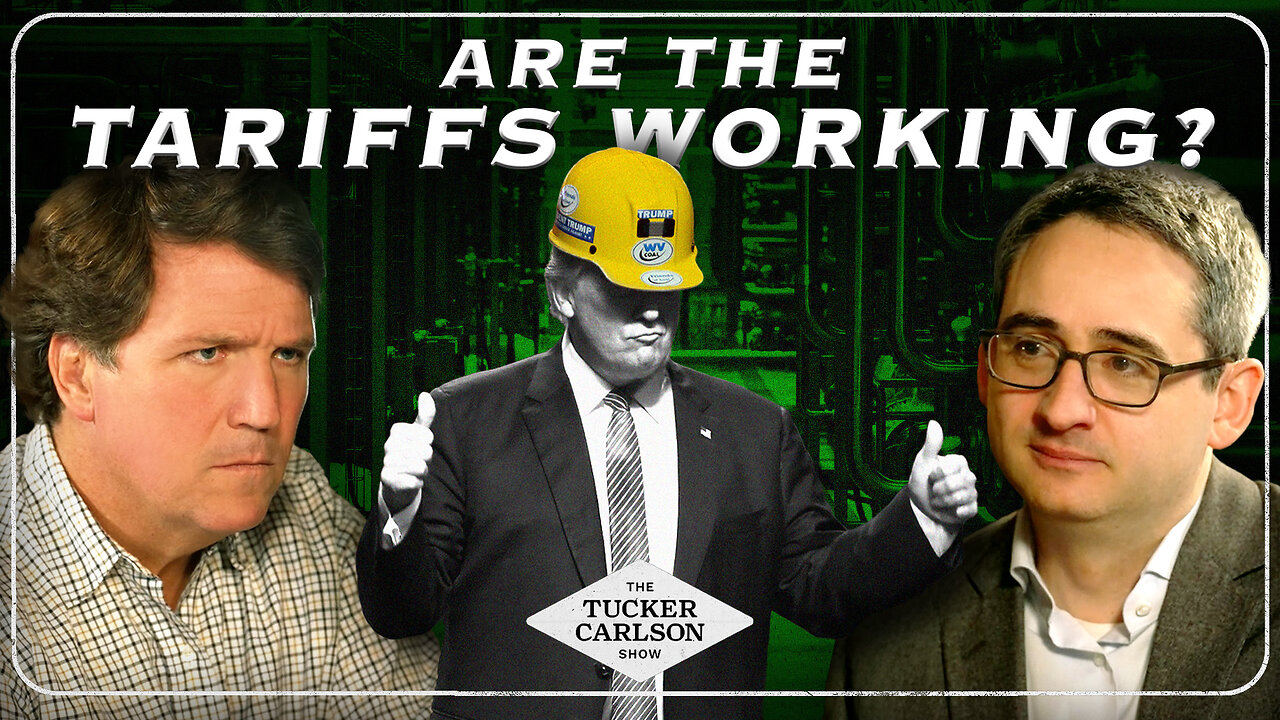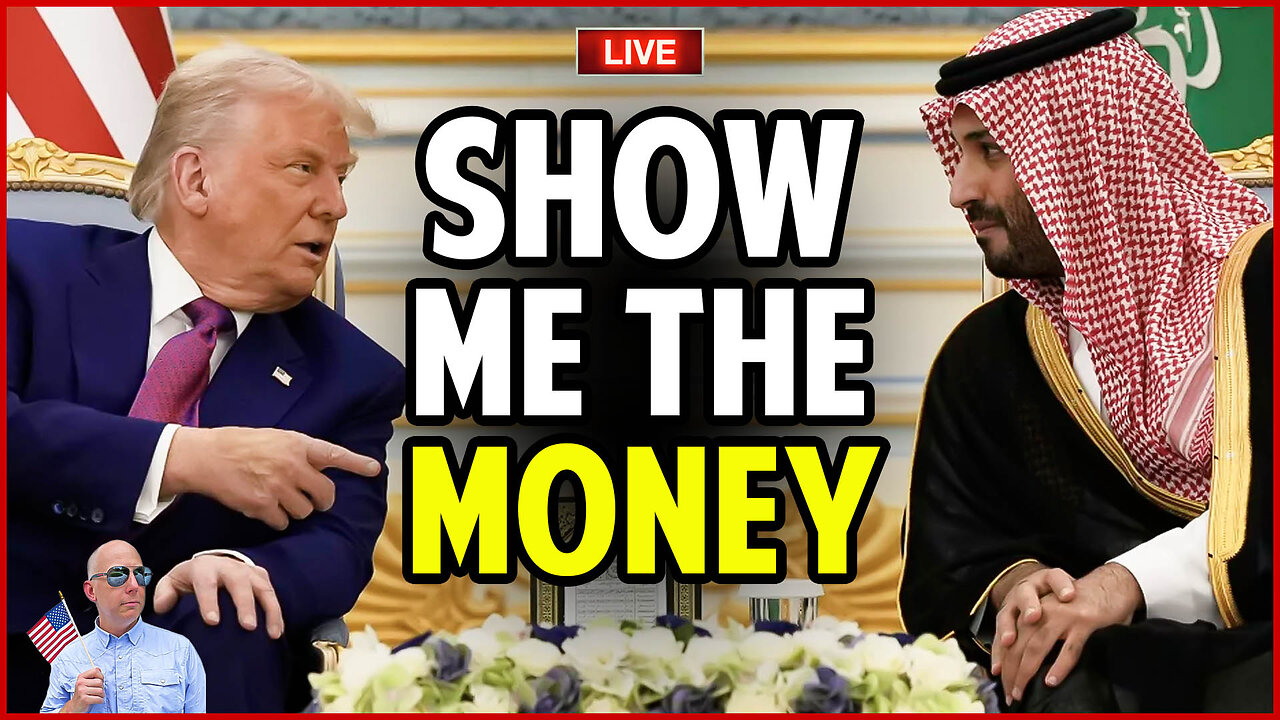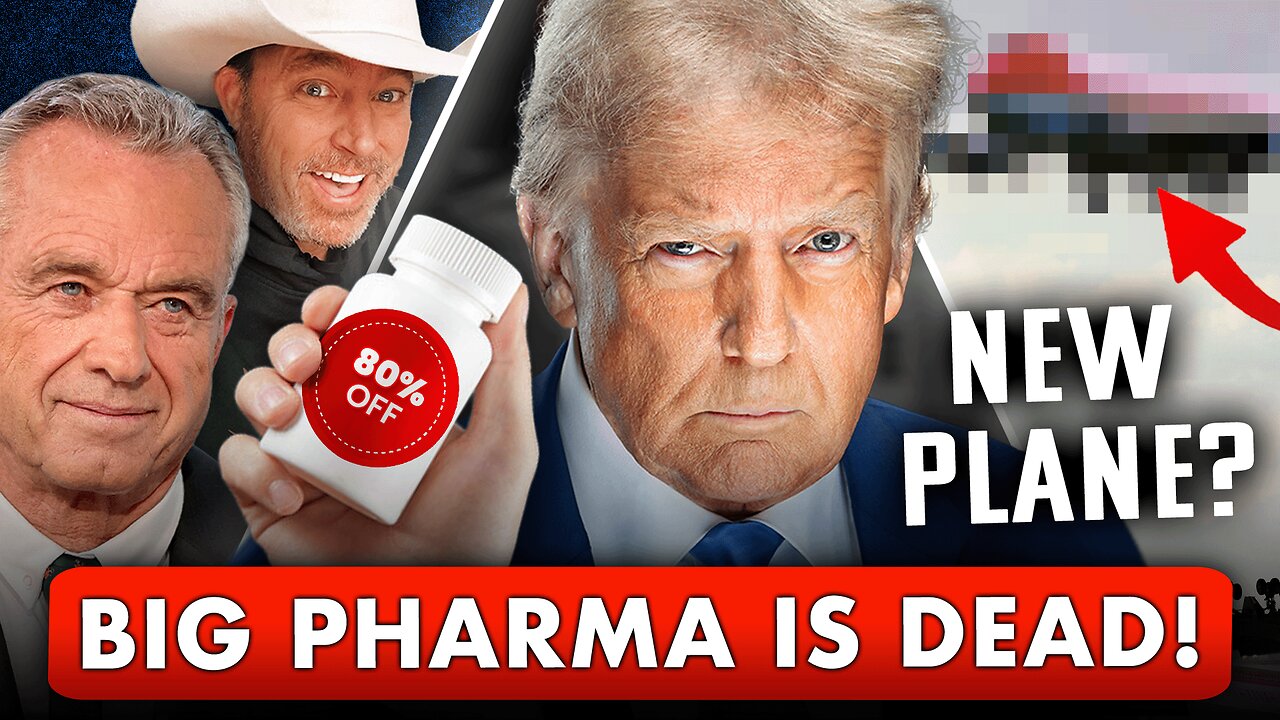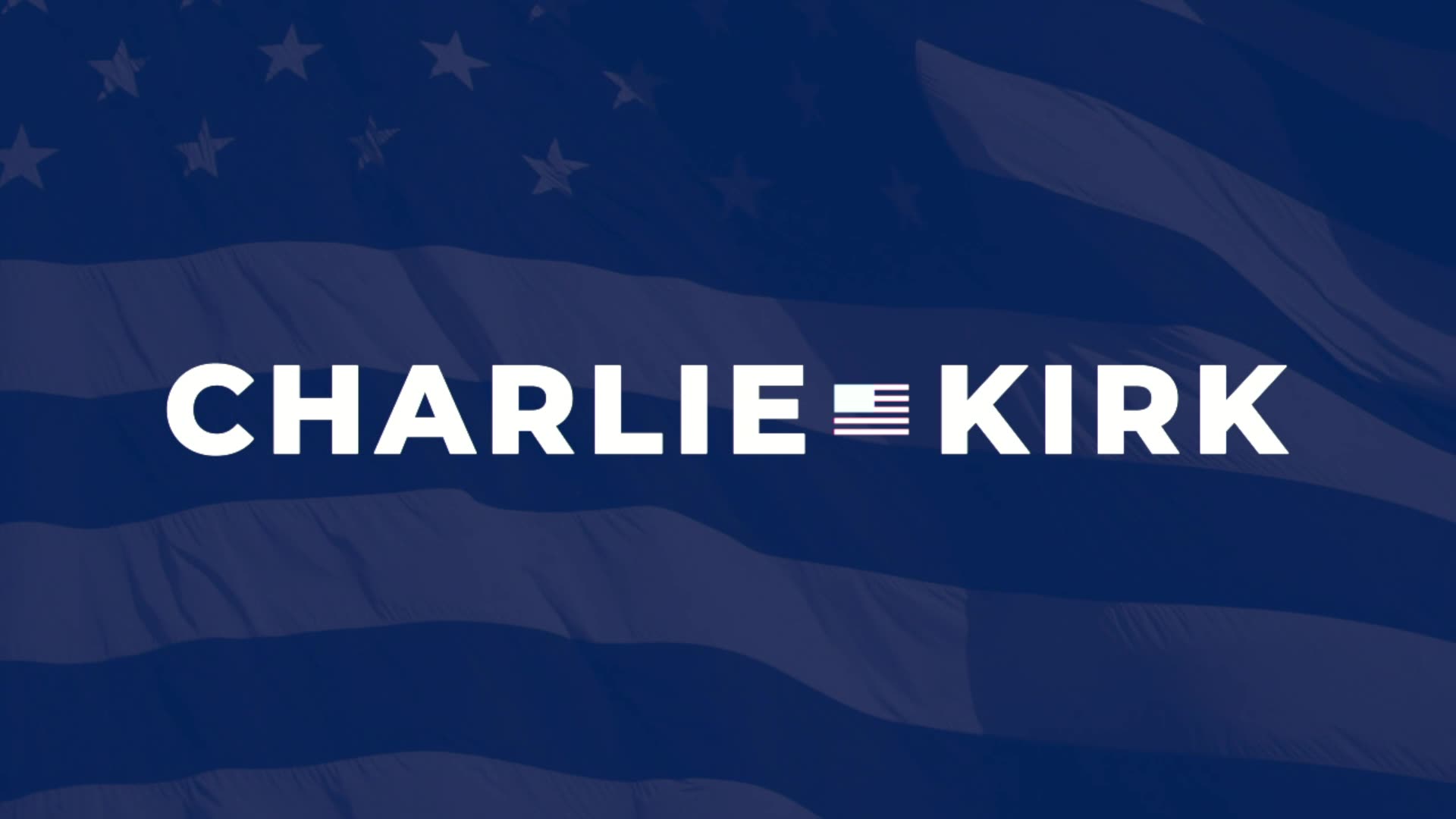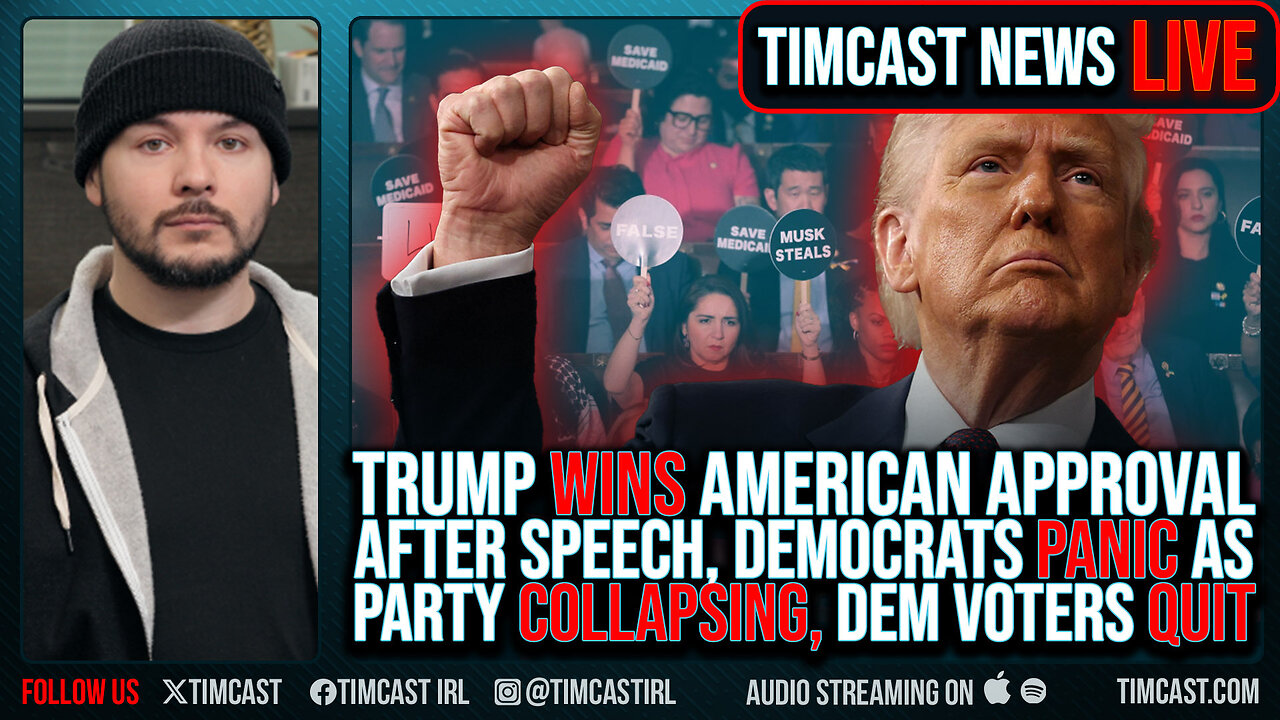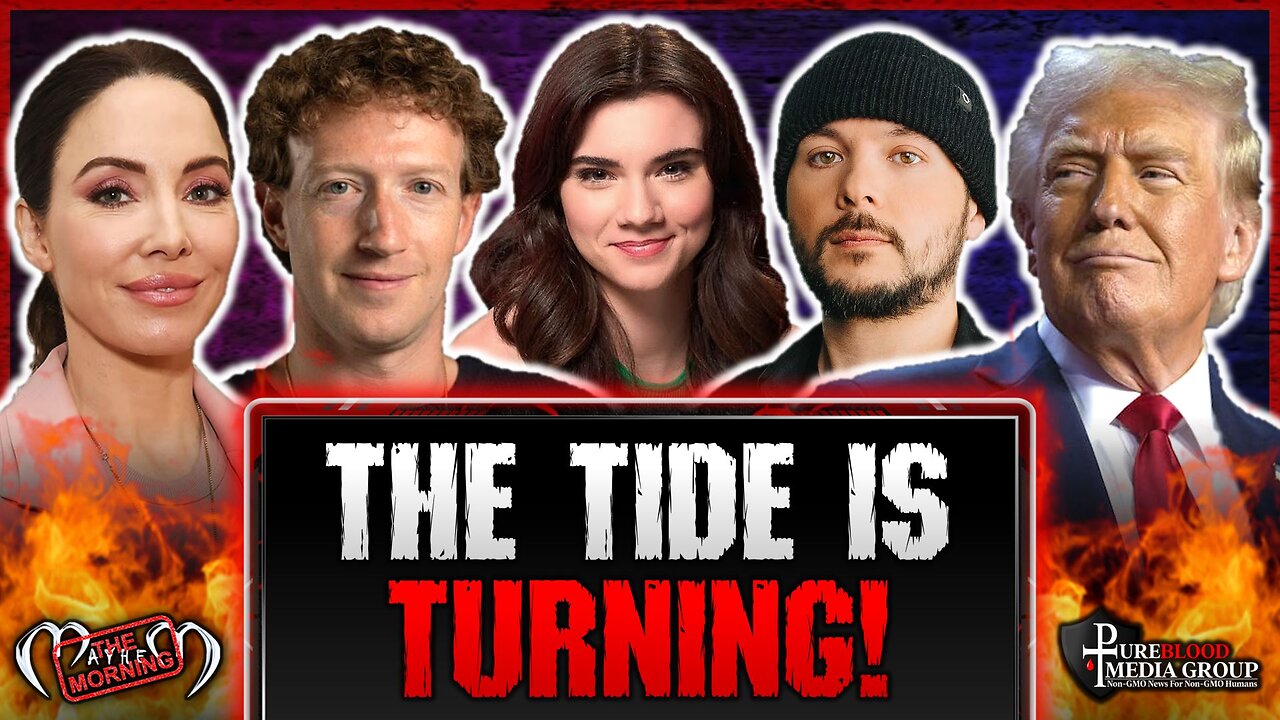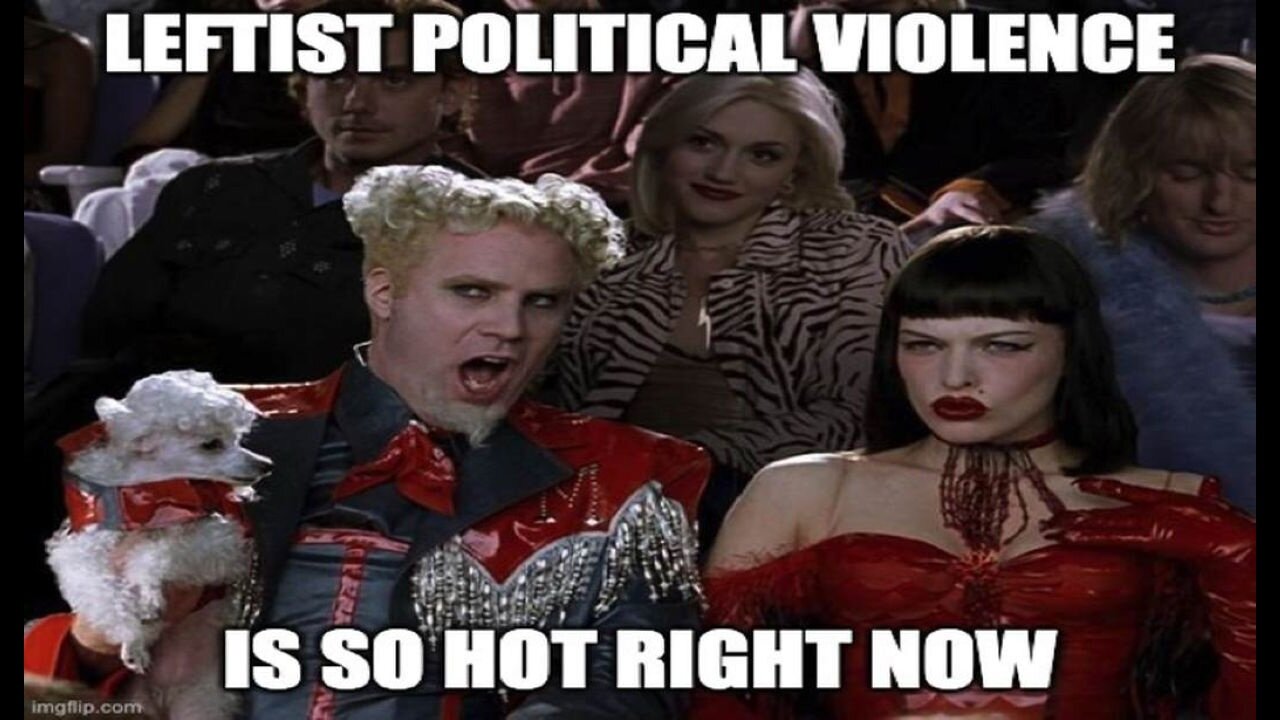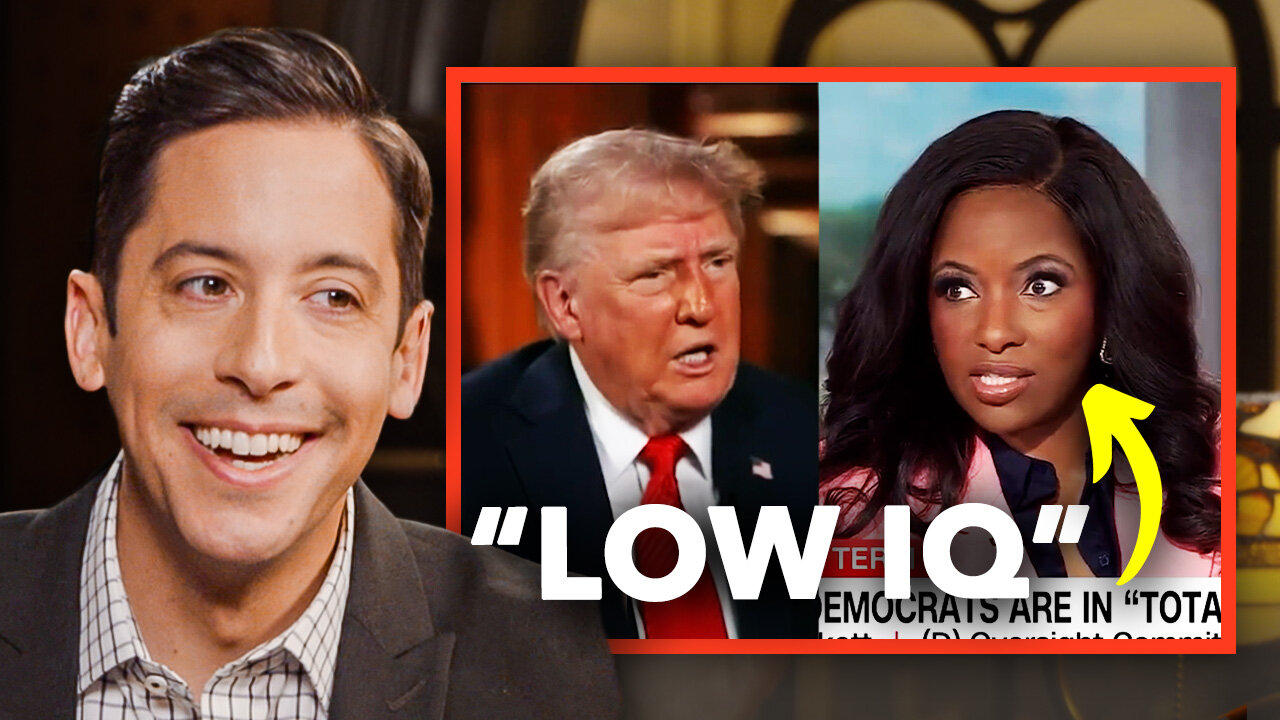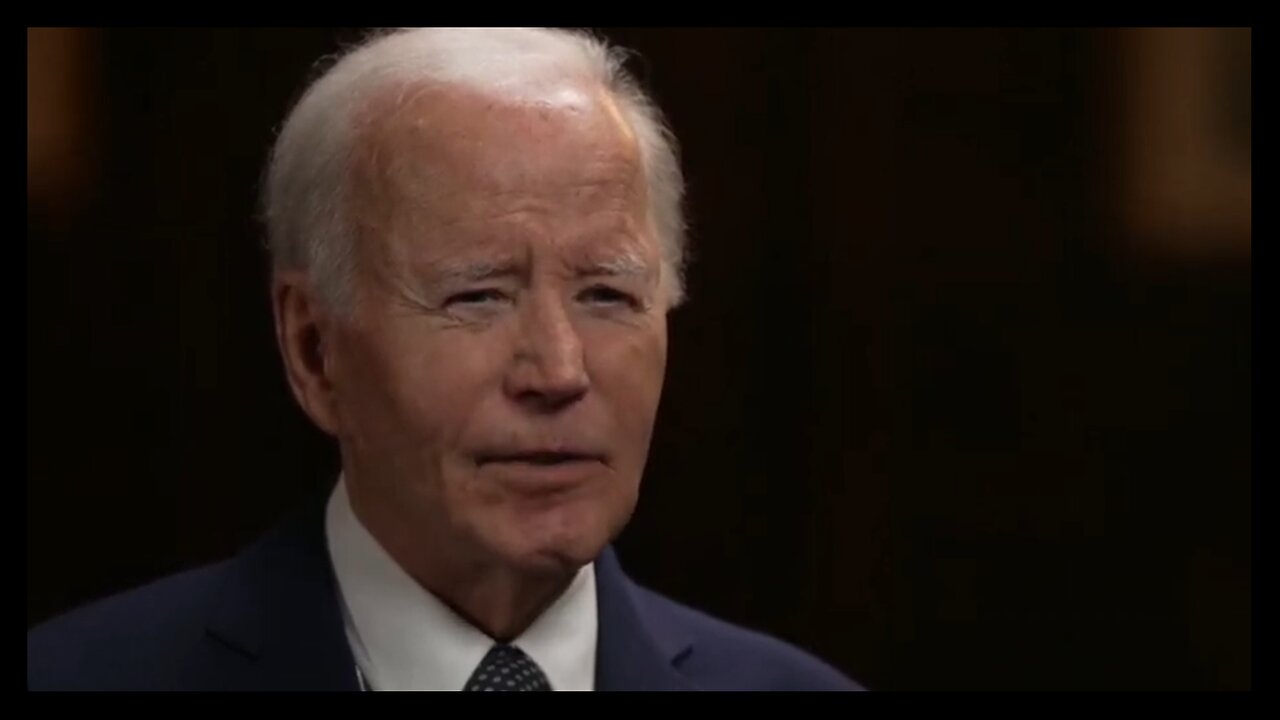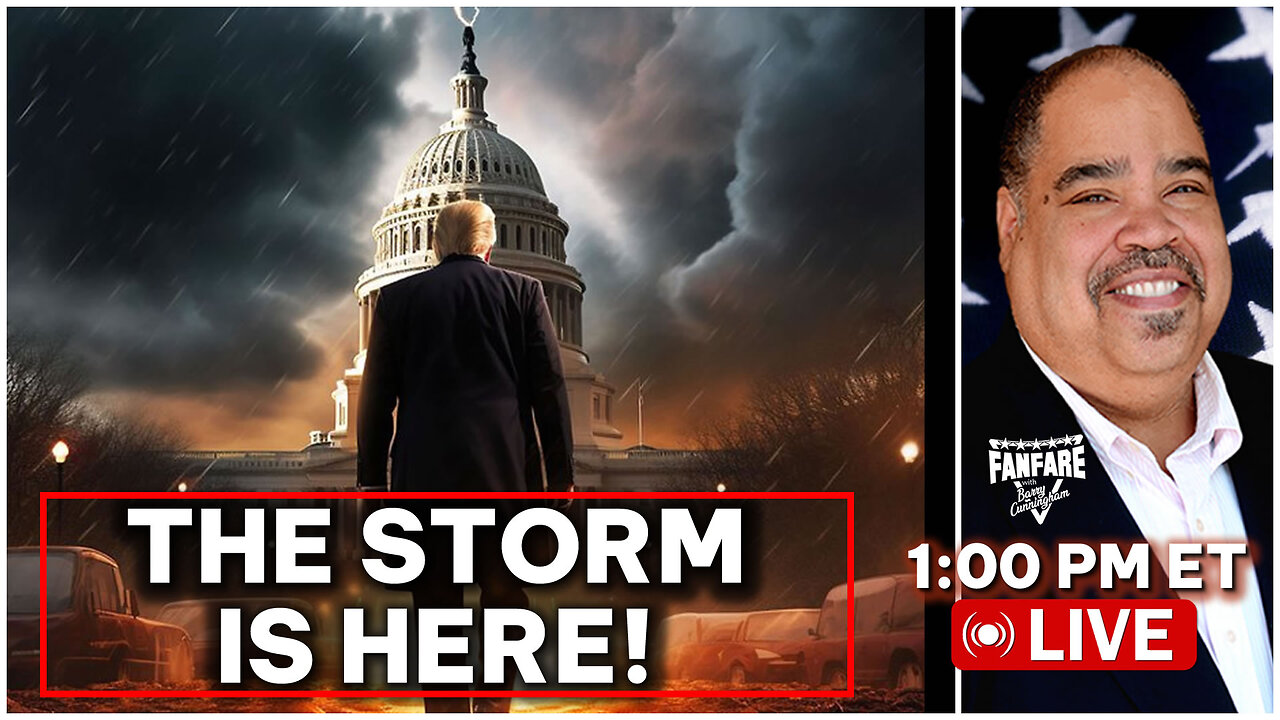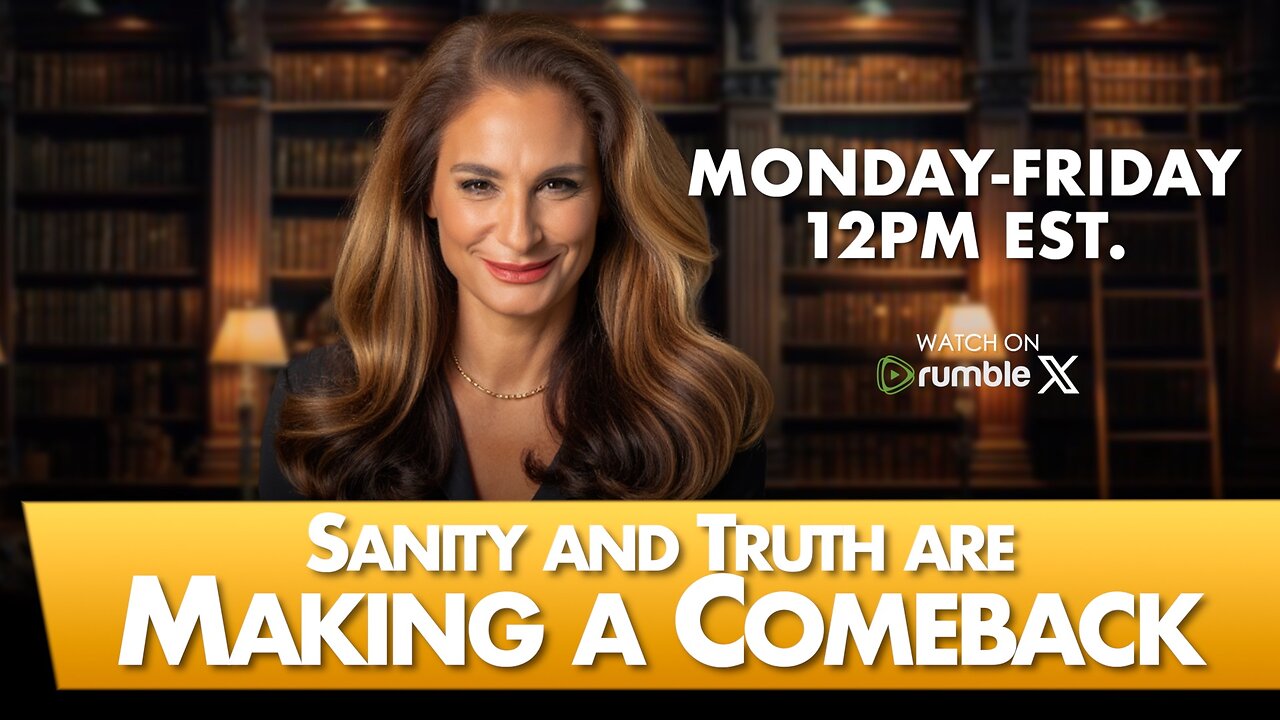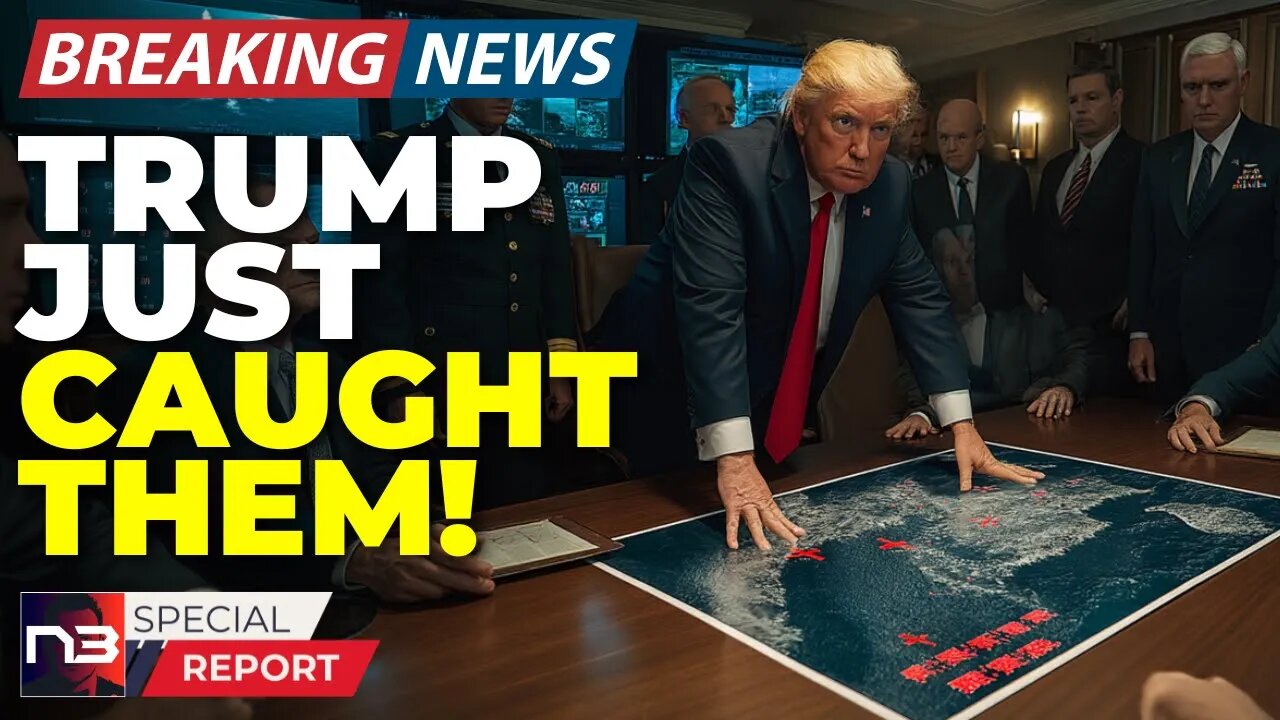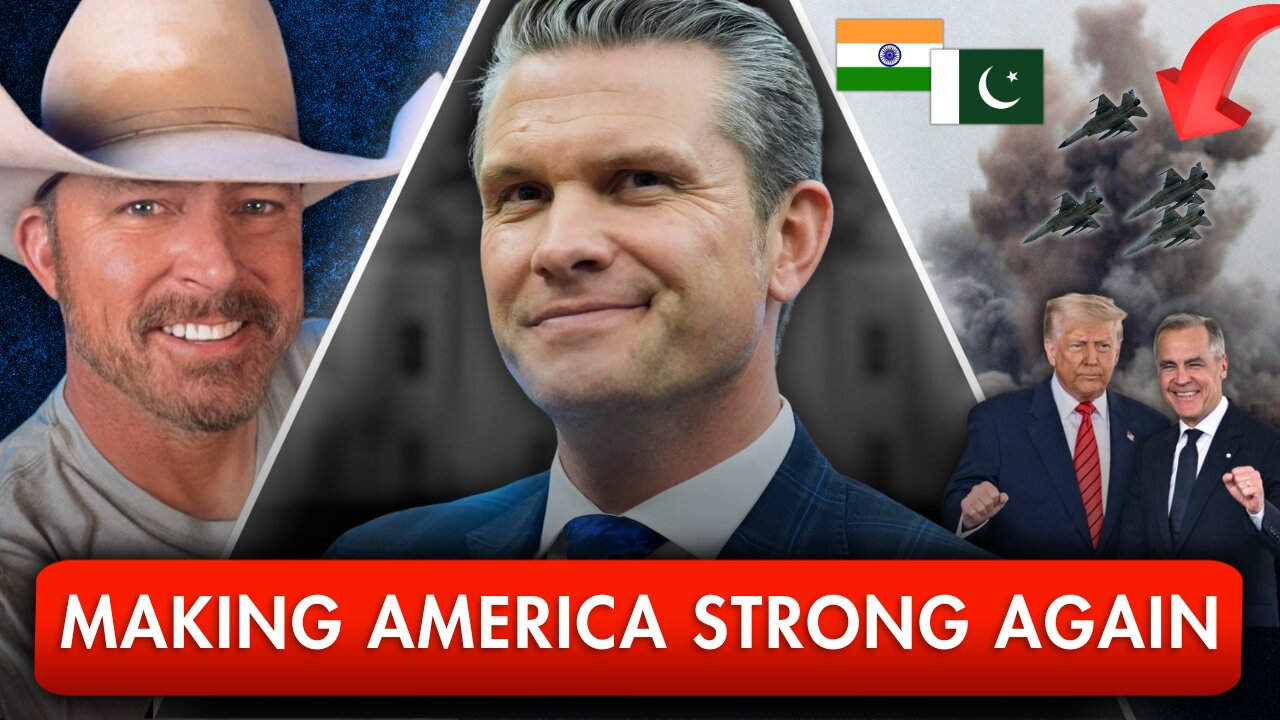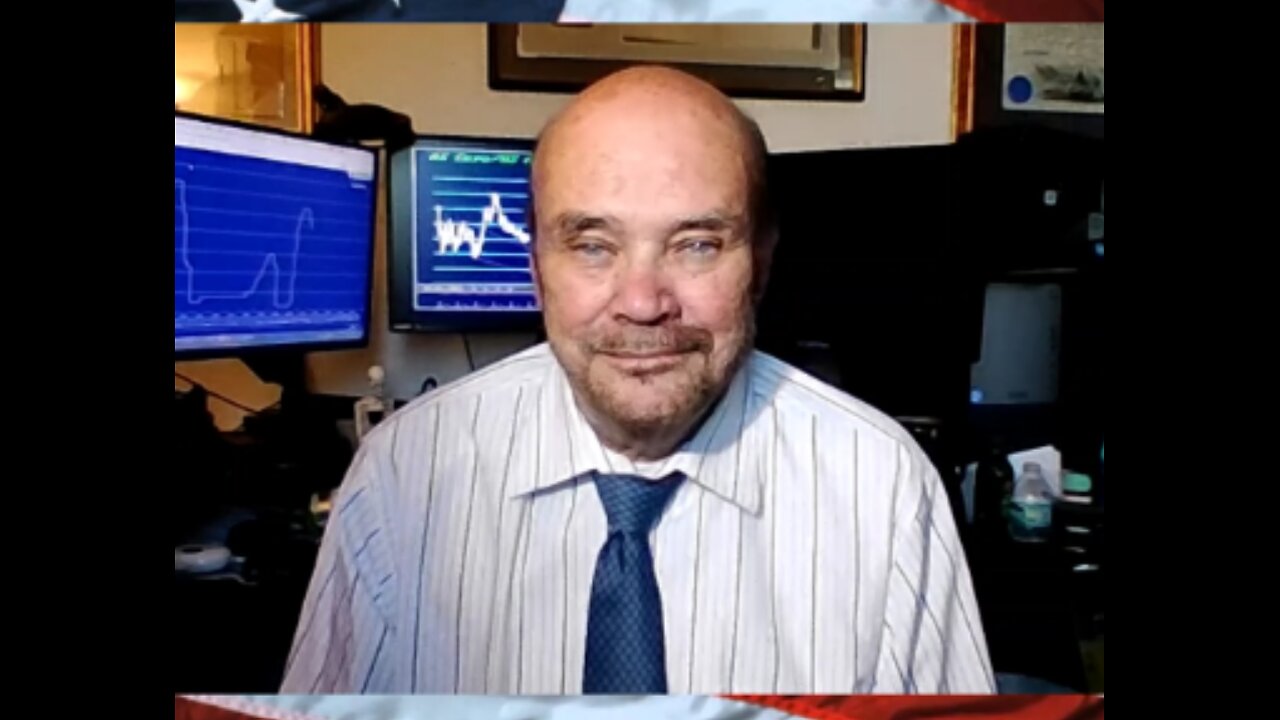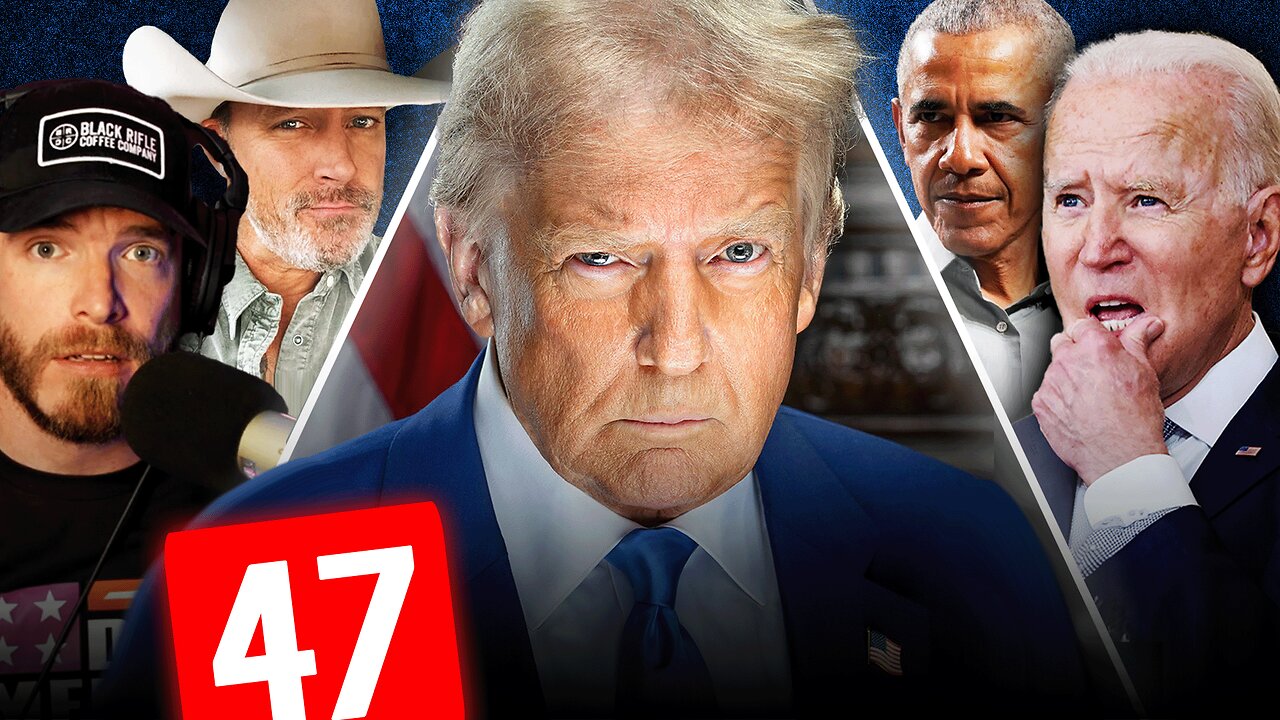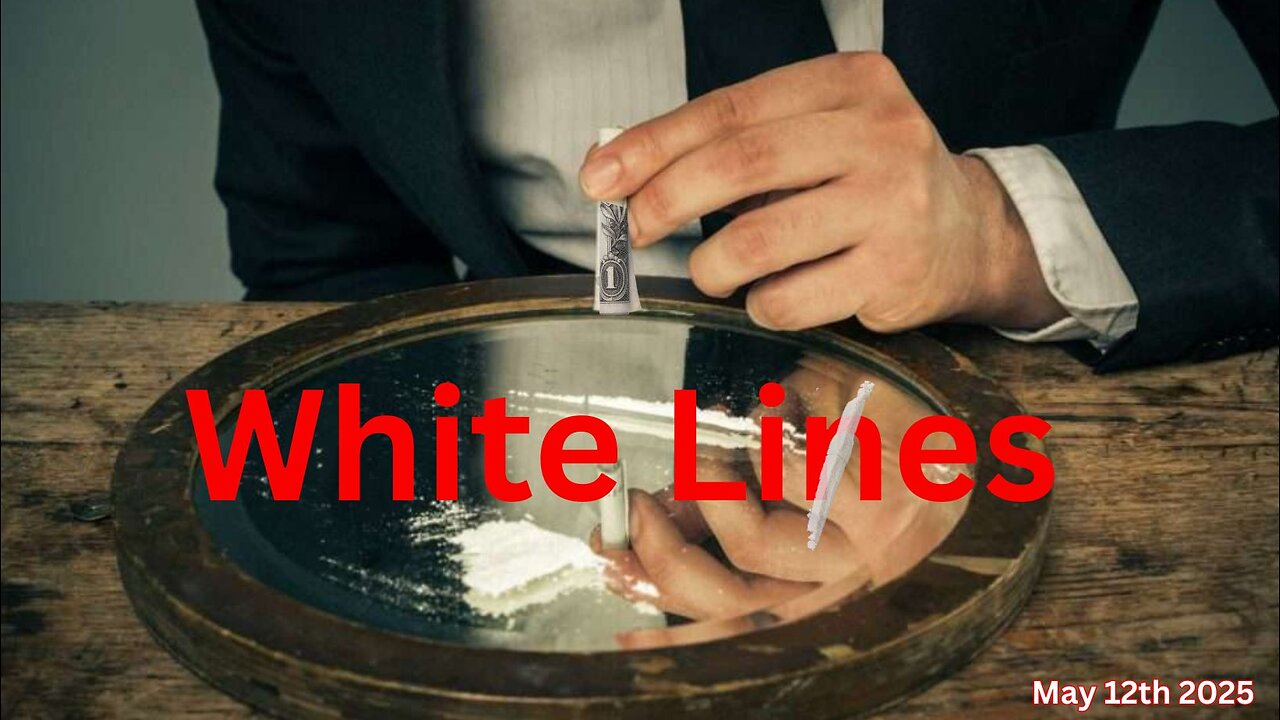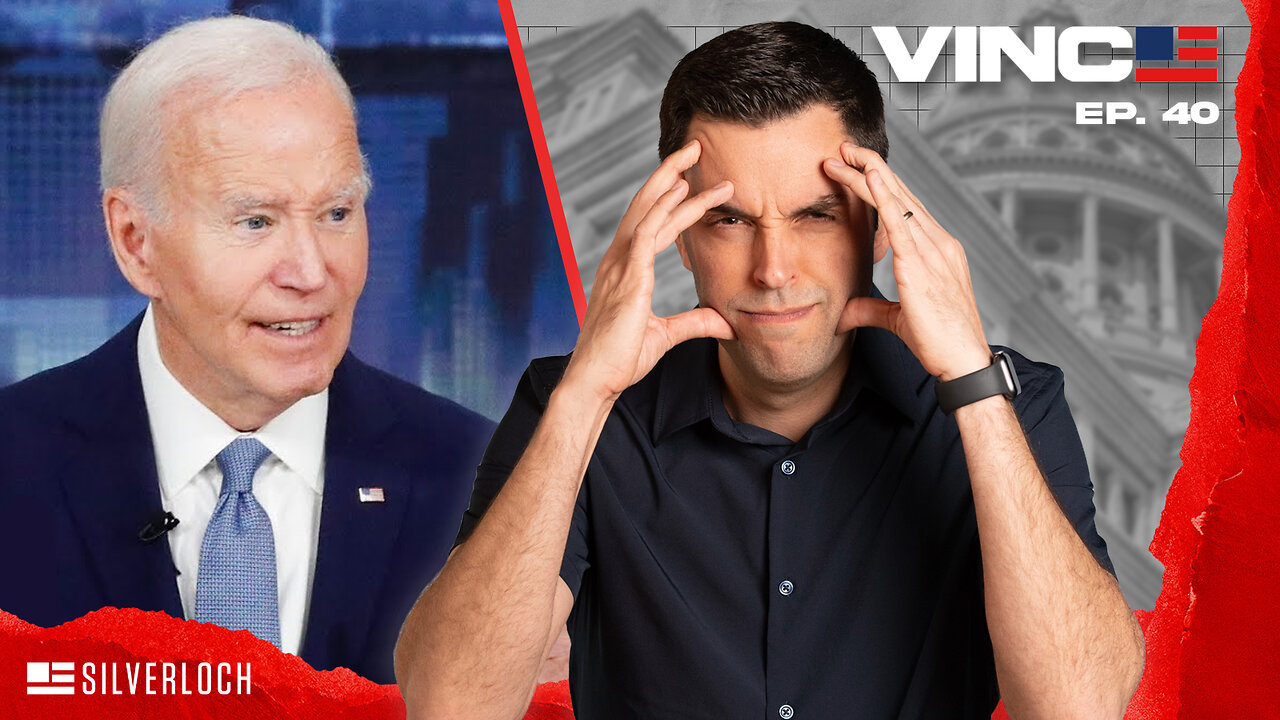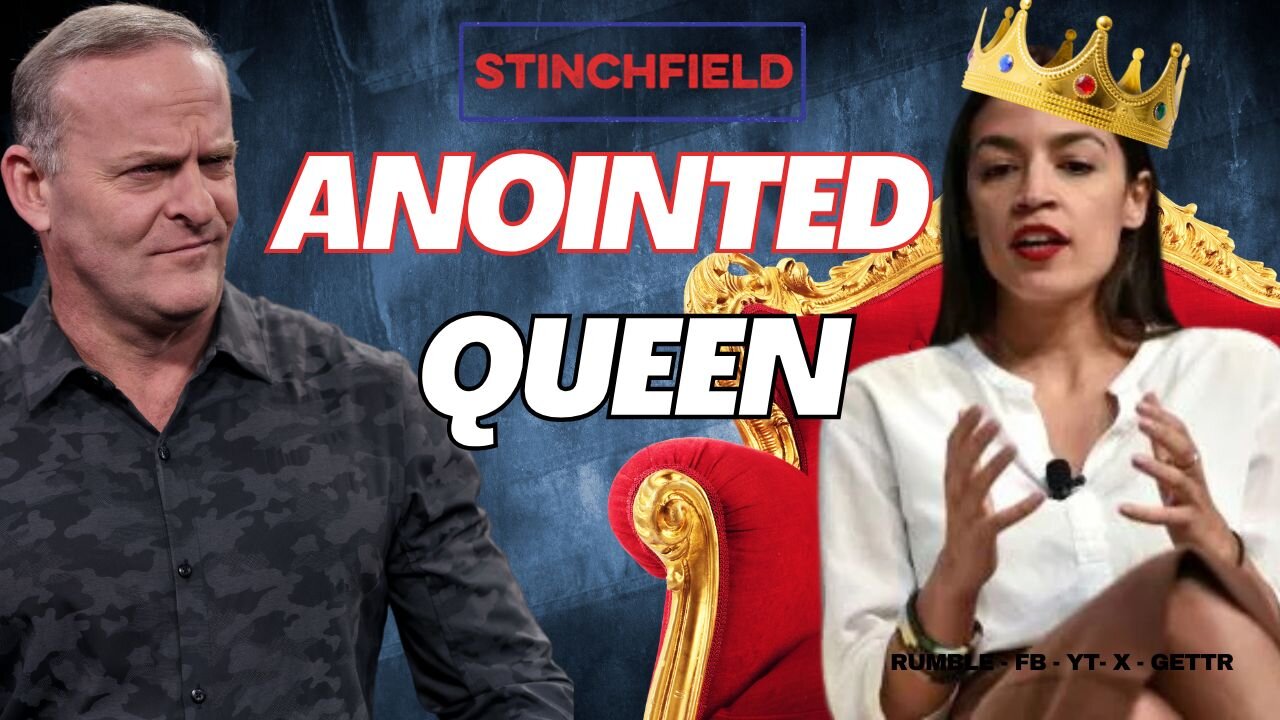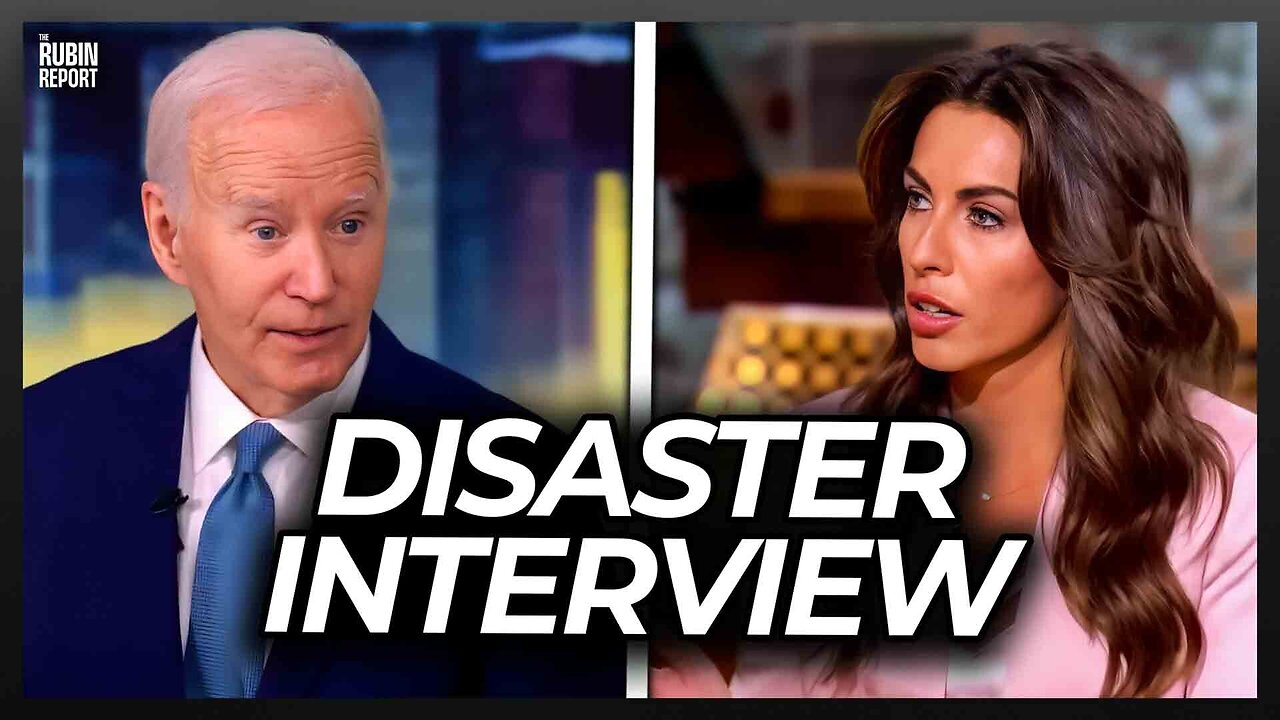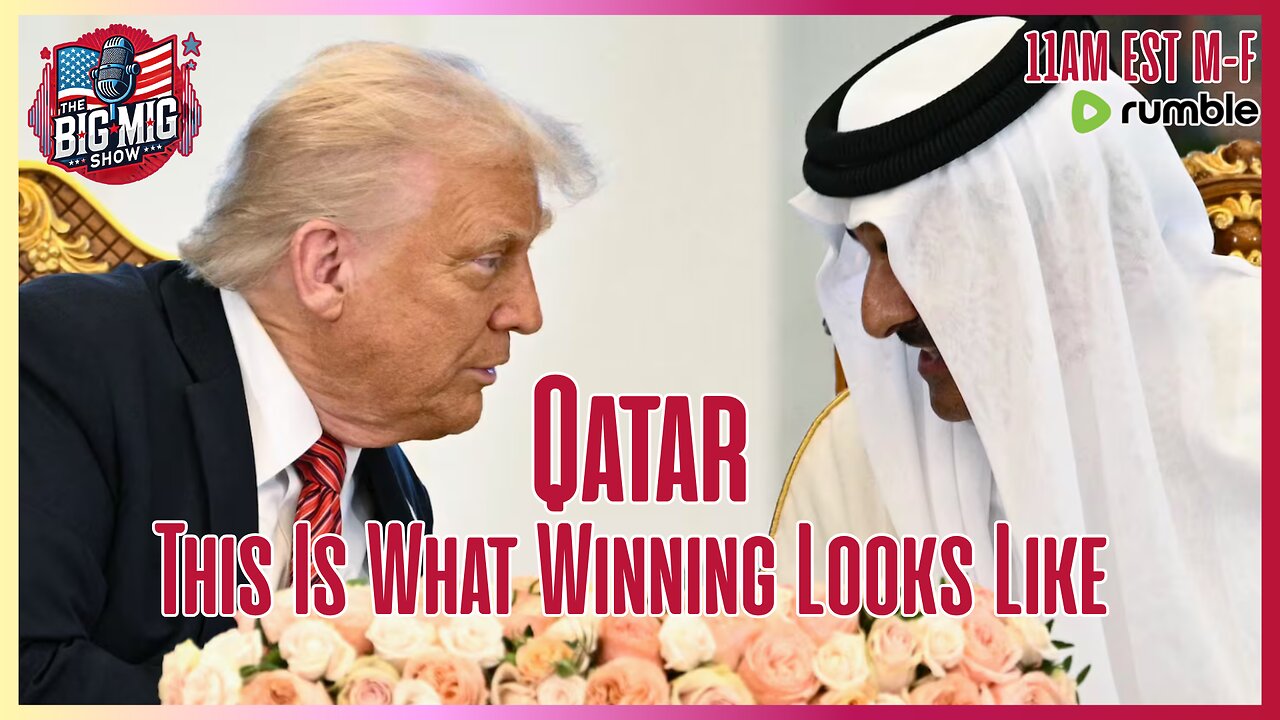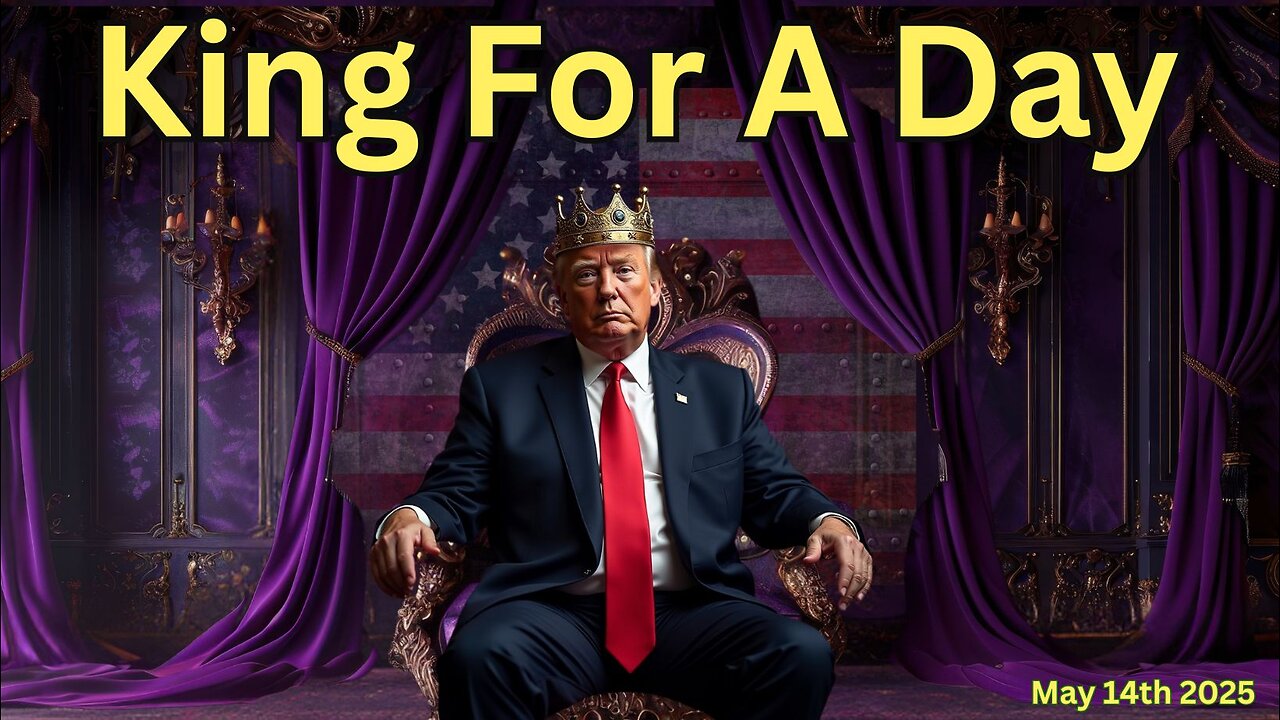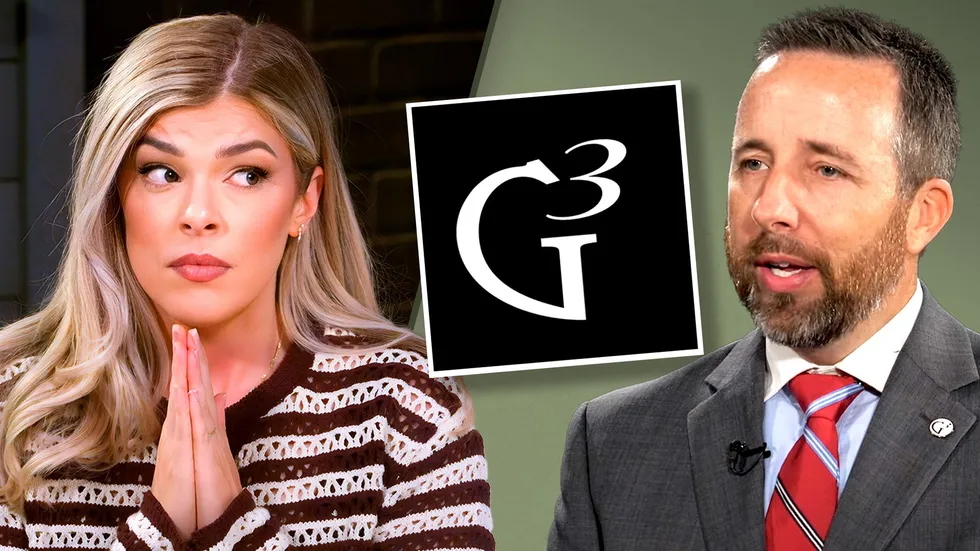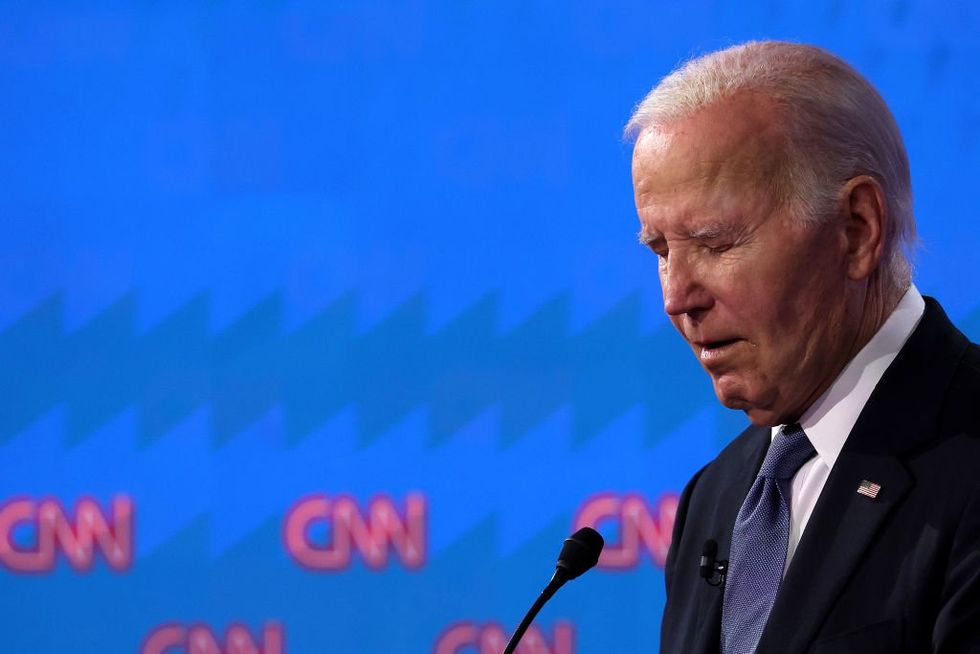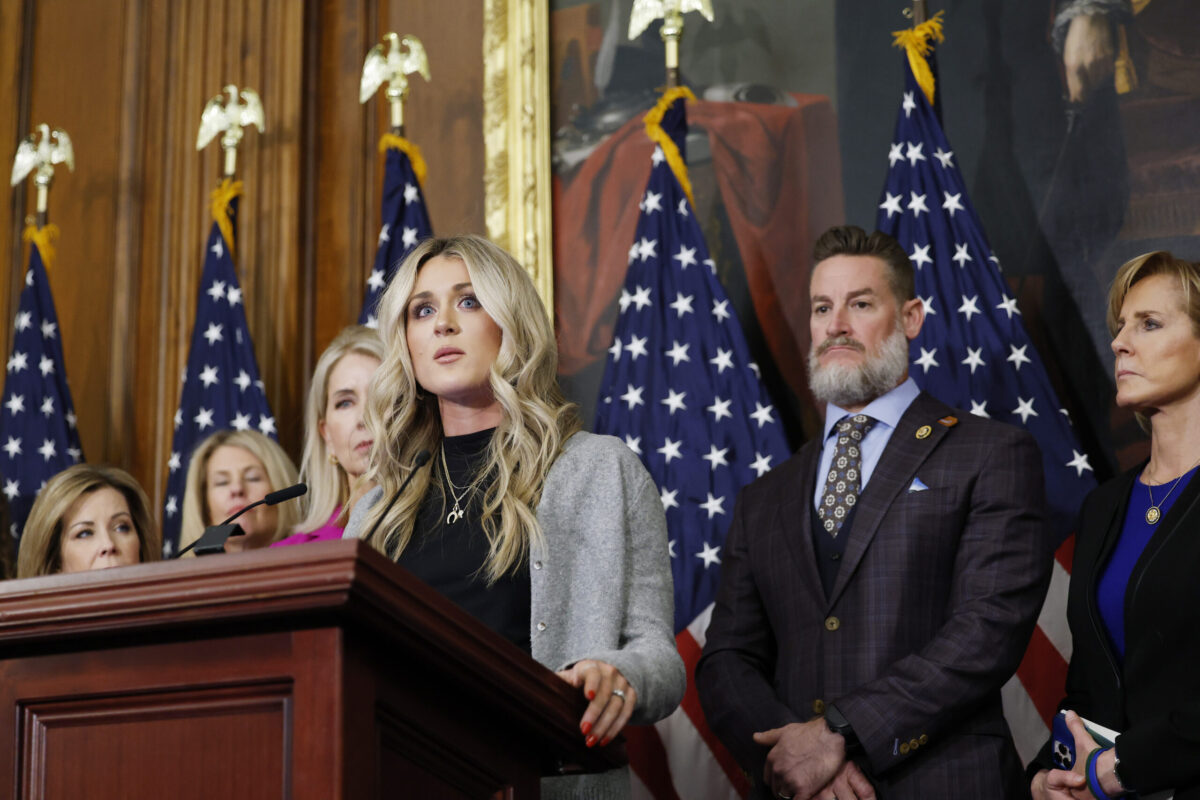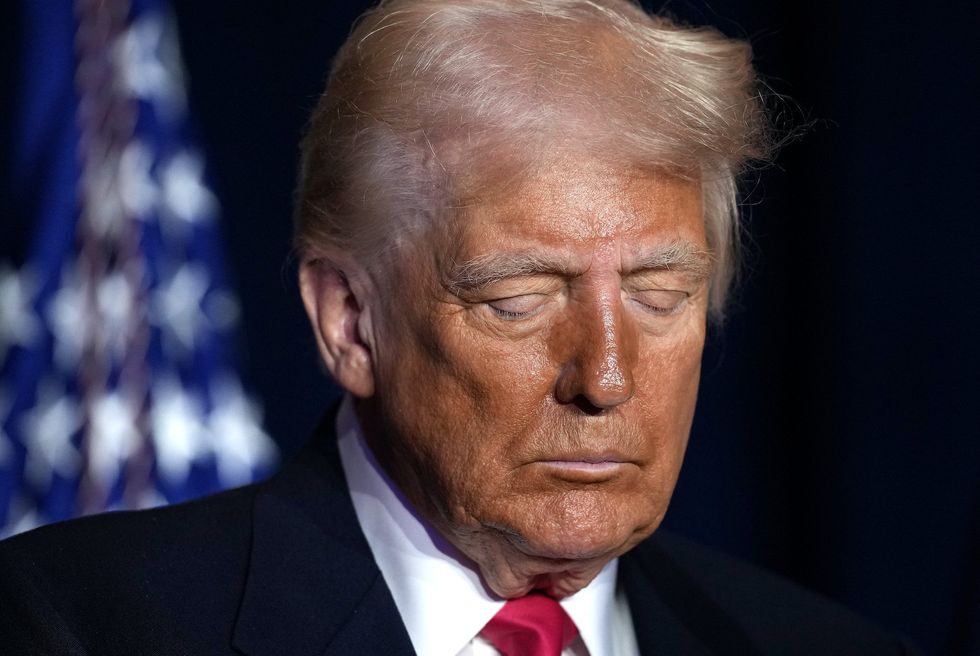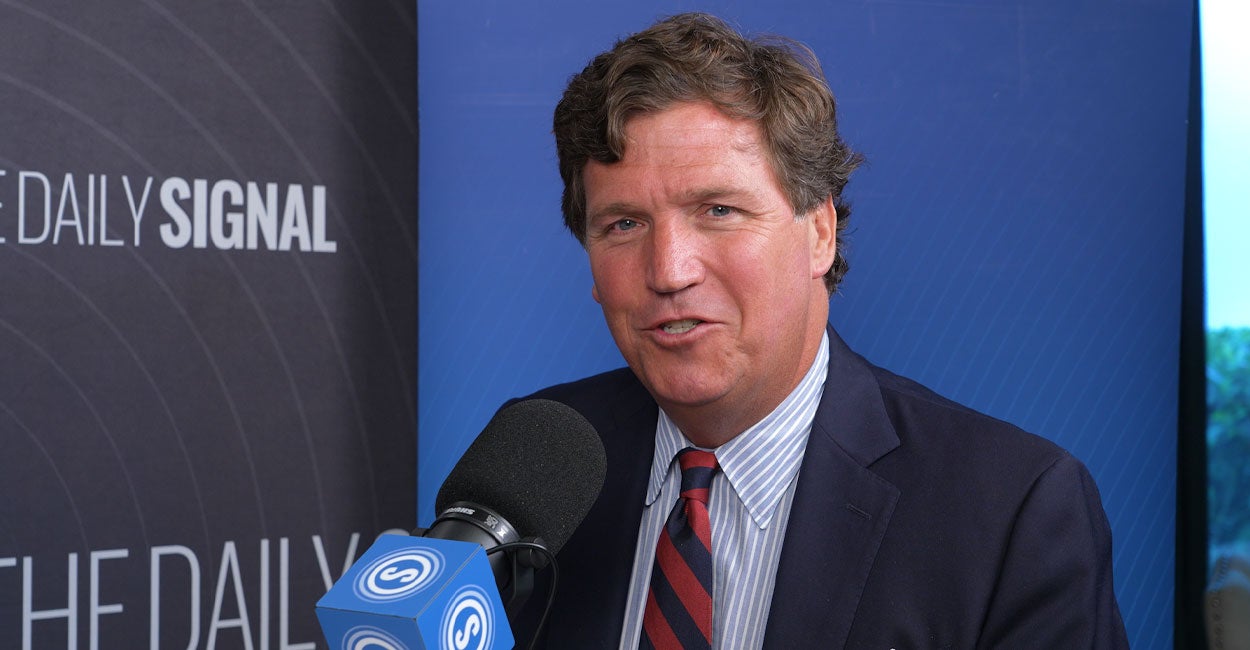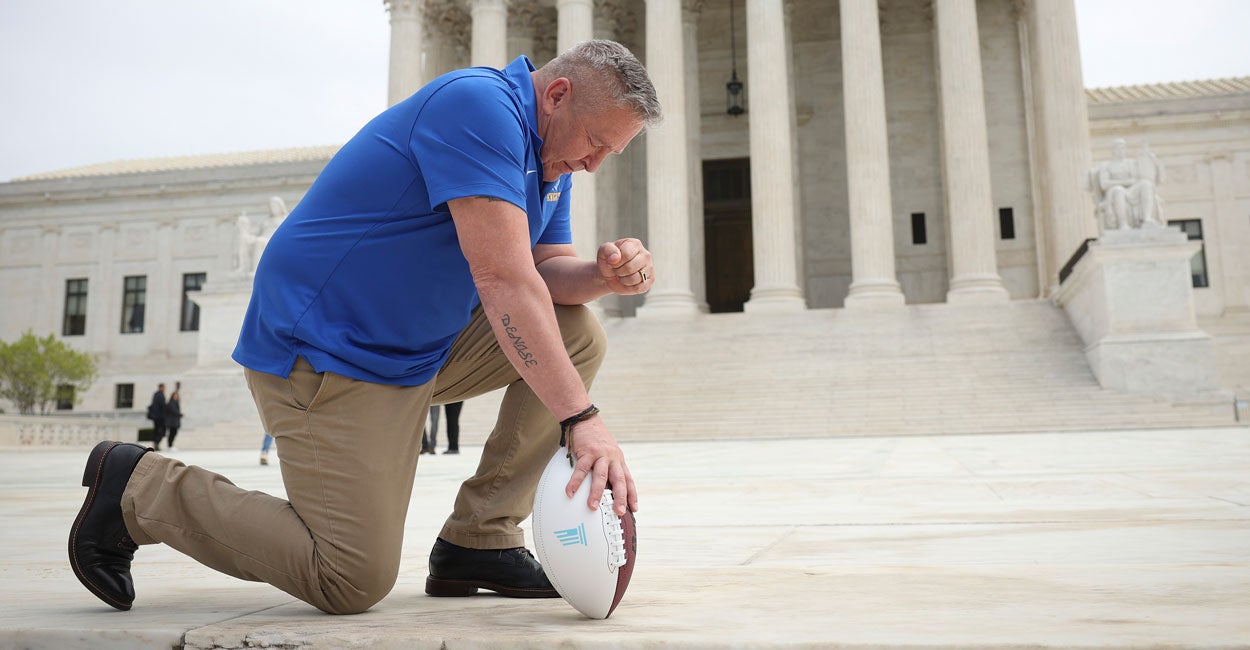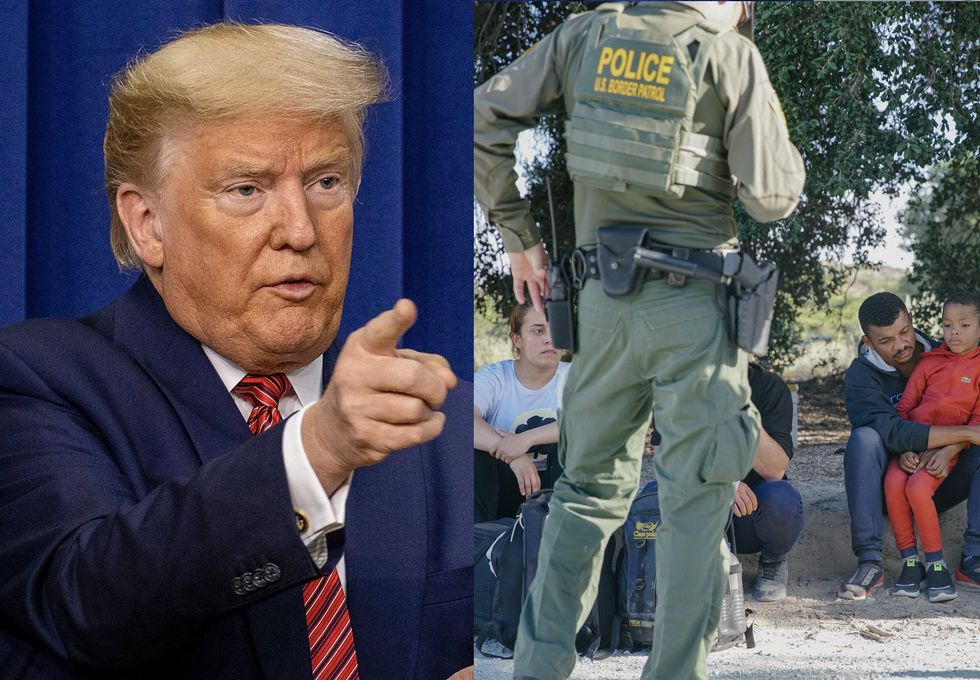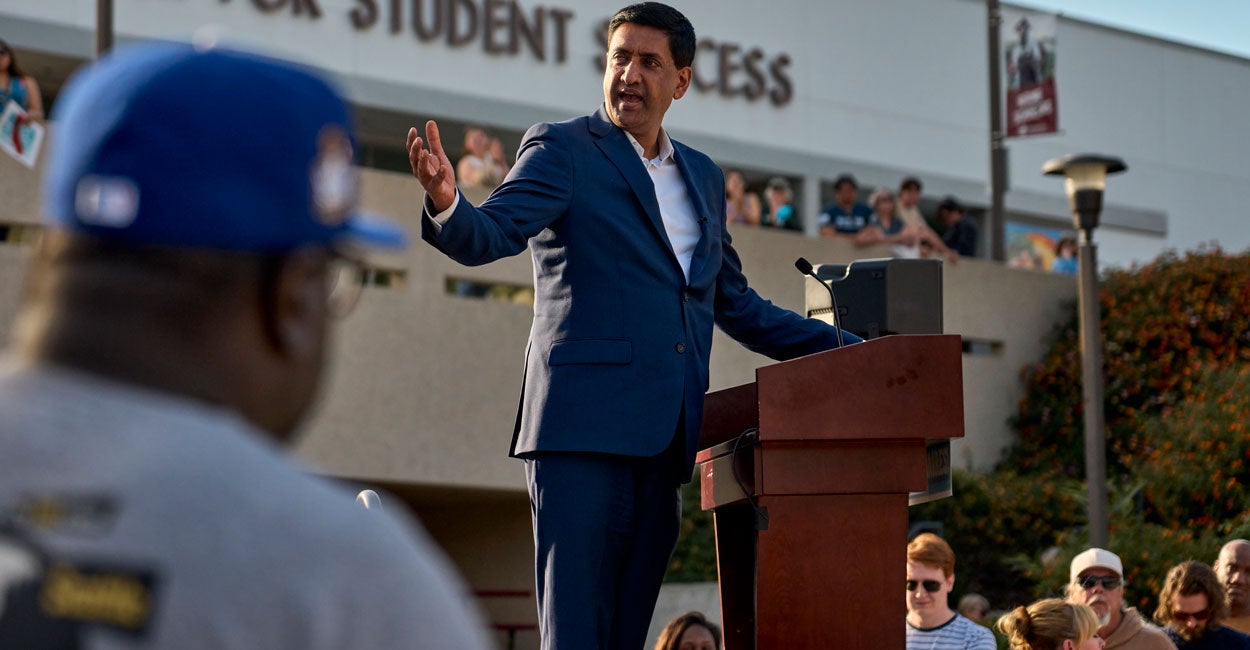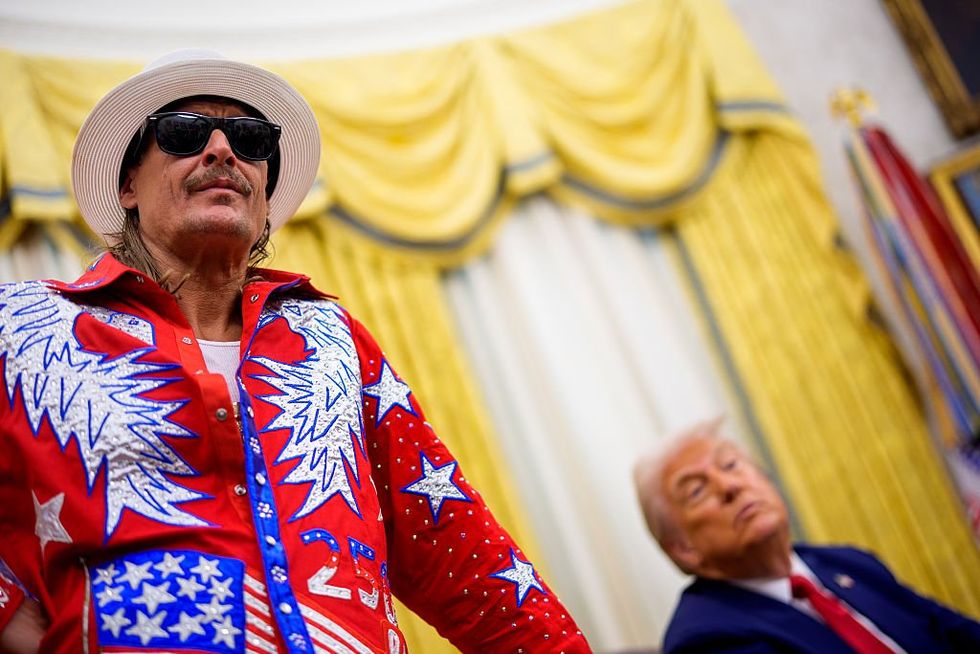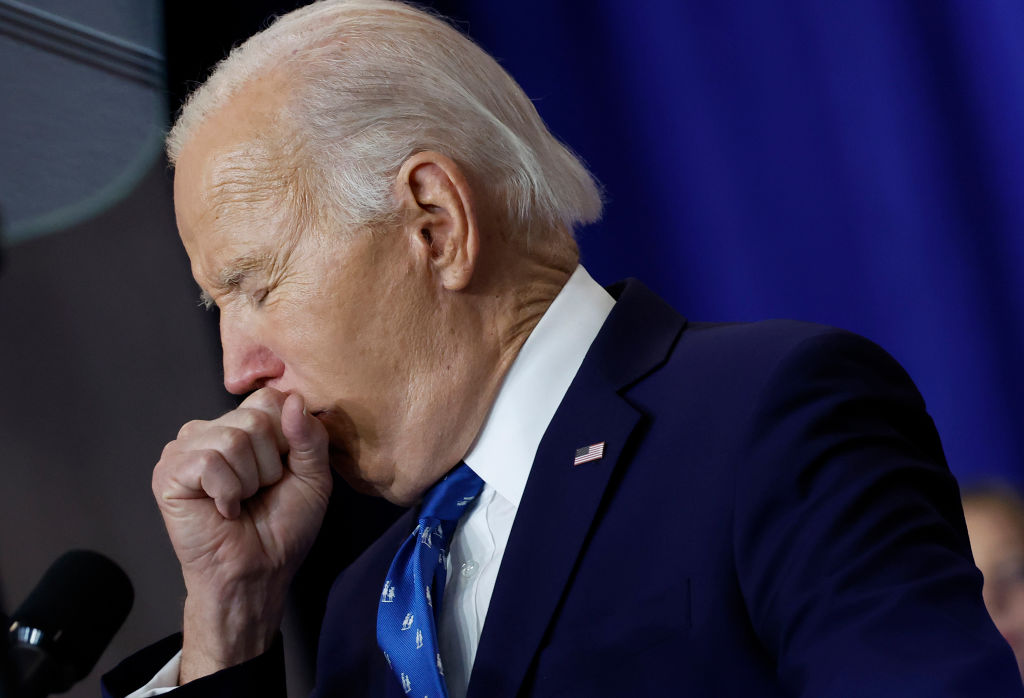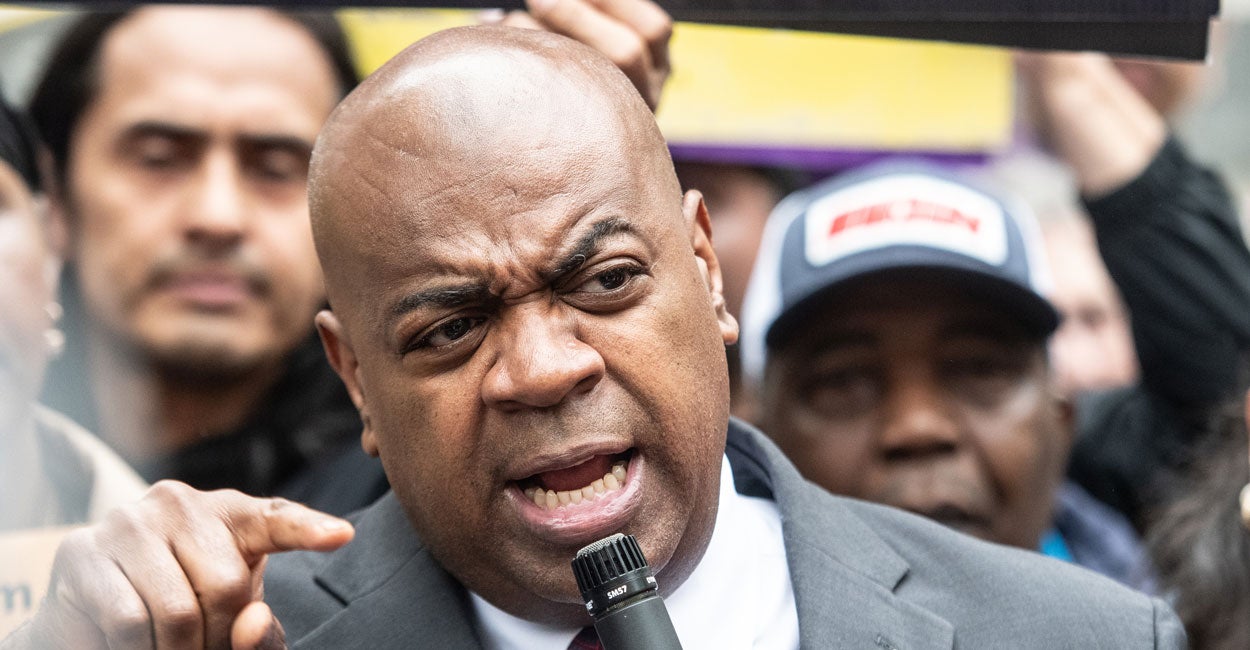The Media Root For Trumpflation

Milton Friedman once said that inflation is everywhere and always a monetary phenomenon.
But there are a lot of people who are suggesting today that inflation is going to be a result — not of printing money or spending too much money — but of Donald Trump’s economic policy.
This is wish-casting.
President-elect Trump is currently riding high. His approval ratings are in the high 50s, low 60s. People generally approve of his transition team’s plans. They like what they are seeing.
So, of course, the media are trying to crush his economic dreams. The idea being promulgated by the media is that inflation, which ate up the Biden administration, is now going to plague the Trump administration.
This is ironic, since we were told by the exact same media that inflation was not going to be a factor for Biden when he took office.
We were told that modern monetary theory — Elizabeth Warren’s bizarre and strange theory about economics, that you could endlessly spend money without ever inflating prices, without ever inflating away people’s savings — was possibly true, and we could just keep spending money until the end of time, and inflation would not result.
Inflation resulted. Oops.
So now, the media claim that Trump’s economic policies are going to produce Trump inflation: Trump inflation is coming.
WATCH: The Ben Shapiro Show
Their pitch is that Trump is pursuing a series of policies that are going to lead to price increases. Those policies would be, in order: tariffs, tax cuts, and deportations.
Alan Blinder, a professor of economics and public affairs at Princeton who was also a member of the Federal Reserve from 1994 to 1996, wrote in The Wall Street Journal:
Three such policies received the most attention during the campaign: tariffs, tax cuts, and the mass deportation of illegal immigrants. I’ll take those up first, before turning to what poses the biggest inflationary danger: the threat to the Federal Reserve’s independence.
No matter how many times Mr. Trump denies it, tariffs are (discriminatory) sales taxes. Discriminating against imported goods is their purpose. Sales taxes, of course, raise prices for consumers.
This is true. It is true that tariffs raise prices to consumers. That’s what they’re designed to do. Tariffs protect particular domestic industries against foreign competition. They raise prices on consumers in order to benefit one particular class of producers.
Let’s say you are a steel producer in the United States, and China is exporting steel at a rate that is much lower. If tariffs are put on Chinese steel, it then becomes cheaper for Americans to buy American steel than Chinese steel. But — at a price that is higher than they otherwise would have paid. So the domestic steel manufacturers are very happy, but the consumers of steel are very unhappy. The thing about tariffs is that, like most government policies, they have a set of very specific beneficiaries and a set of extremely diffuse victims.
That’s a lot of government policy; the damage done to the broader public is mild to moderate, and the benefit to a very, very selective class is quite high.
But that’s not what Trump is doing with regard to tariffs. What Trump does with regard to tariffs is something different.
To understand what he’s doing with regard to tariffs, understanding Trump’s past is required. Trump, for example, threatened incredibly high tariffs on both Canada and Mexico in the middle of his first administration. He was ripping on NAFTA, and suggested he was going to scrap NAFTA entirely. He was going to increase trade barriers against Mexico and Canada. What was he actually doing?
He was actually rewriting NAFTA in favor of the United States. The result of the threat of tariffs was the USMCA, the U.S. Mexico-Canada Agreement; the changes to NAFTA were somewhat moderate.
For example, the USMCA required that 75% of a vehicle’s parts be made in Mexico, Canada, or the United States. That was an increase from 62.5% in order to remain free from tariffs. It helped the American economy slightly; it also meant that labor laws had to be strengthened in Mexico, so Mexico couldn’t use its lax labor laws, like child labor, in order to undercut American prices.
It gave dairy farmers more market access. There used to be a plethora of tariffs on American dairy farmers going into Mexican and Canadian markets, and those went away. The USMCA kept tariffs at zero and opened the Canadian markets for U.S. dairy, poultry, and eggs.
Trump used the threat of tariffs to leverage benefits away from the Canadians and the Mexicans. And this is historically what he has done with regard to tariffs. We can tell this by how people are looking at Trump’s tariff policy because the markets have responded quite well to his actual economic proposals.
What Trump is attempting to do with tariffs is to leverage wins out of a wide variety of American enemies. That is the goal.
As far as tax cuts, there were a lot of people who suggested that the 2017 Trump tax cuts were going to lead to inflation. That didn’t actually happen. Why? Because it turns out that allowing people to keep their own money is not the same thing as simply pumping government money into the system.
Allowing people to keep their own money means American consumers and investors act with actual rationality with regard to their own spending and investment, which means they don’t just blow money into the economy willy-nilly. If there is a tax cut, people tend to use that money not only to pay off their bills in responsible fashion, but also make economic decisions that help them and their families as opposed to the government, because the way the government spends money by finding particular constituencies that it likes and then throwing money at those constituencies (i.e., special projects that the government wants that do not have to be profitable).
It can be absolutely profit-neutral or negative, and the government just tosses money at them. And that creates artificial inflation in areas where there is no concomitant productivity. The reality is that new products and innovations initially mean that people spend money on those innovations at a higher rate. Then as competition increases, the prices come down. That’s what happens when people are allowed to keep their own money.
But that entire incentive structure is broken by government spending. So tax cuts and government spending are not remotely the same thing. And only a person who believes that all money basically comes from the government equates those two notions.
Me allowing you to keep your own money is not the same thing as me cutting you a check or me cutting a check to anyone else. Not the same thing remotely.
Finally, there’s the idea that mass deportation is going to create inflation as well, but it’s completely unclear what exactly that’s going to look like. Alan Blinder suggests that, together, all of this means the new Trump policies might add 2% to 3% to total inflation over two to three years, a percentage point a year.
The real problem here is not going to be that; the real problem is going to be if there’s an attempt to push the Federal Reserve to continue to lower the interest rates. That would be the real problem, because it turns out the Federal Reserve is generally the biggest driver of the national inflation rate. That and massive government spending.
CHECK OUT THE DAILY WIRE HOLIDAY GIFT GUIDE
So at the same time Trump is pushing all this, he is also pushing the so-called Department of Government Efficiency, led by Elon Musk and Vivek Ramaswamy. Now, there’s only so much that Elon Musk and Vivek Ramaswamy can actually do in terms of cutting. That doesn’t mean they can’t do anything. It just means cutting will be a lot tougher than people think it will. A breakdown of the American spending initiatives shows the spending as a share of gross domestic product; 14.7% of our GDP is spent on mandatory programs that are already embedded in law that Trump has said he will not touch, like Social Security, Medicare, and Medicaid.
When it comes to non-defense discretionary spending, that has remained fairly consistent in terms of its spending levels since the 1960s. And defense actually represents significantly less of the American GDP spent than it did back in the 1960s. We were spending about 9% of our GDP on defense in 1960. Today, we spend about 3% on our defense spending. So this bizarre notion that defense spending is what’s eating up the budget is not true at all.
So what exactly can they touch? The list is relatively small. What remains is discretionary spending. According to The Wall Street Journal, that breaks down into two main categories. The first is defense. So, presumably, get rid of some of the golden toilets at the Pentagon. The second is non-defense discretionary spending, which includes everything else, such as funding for NASA, farm programs, housing assistance, and on and on — about $950 billion.
Unless they are willing to touch some of the actual mandatory programs, it’s unlikely they’re going to be able to cut all that much.
But in the end, Trump’s overall economic plans are to cut in particular areas to allow people to keep their own money and to use tariffs as leverage.
And the media will have to watch as the economy starts to roar.
Originally Published at Daily Wire, Daily Signal, or The Blaze
What's Your Reaction?
 Like
0
Like
0
 Dislike
0
Dislike
0
 Love
0
Love
0
 Funny
0
Funny
0
 Angry
0
Angry
0
 Sad
0
Sad
0
 Wow
0
Wow
0

